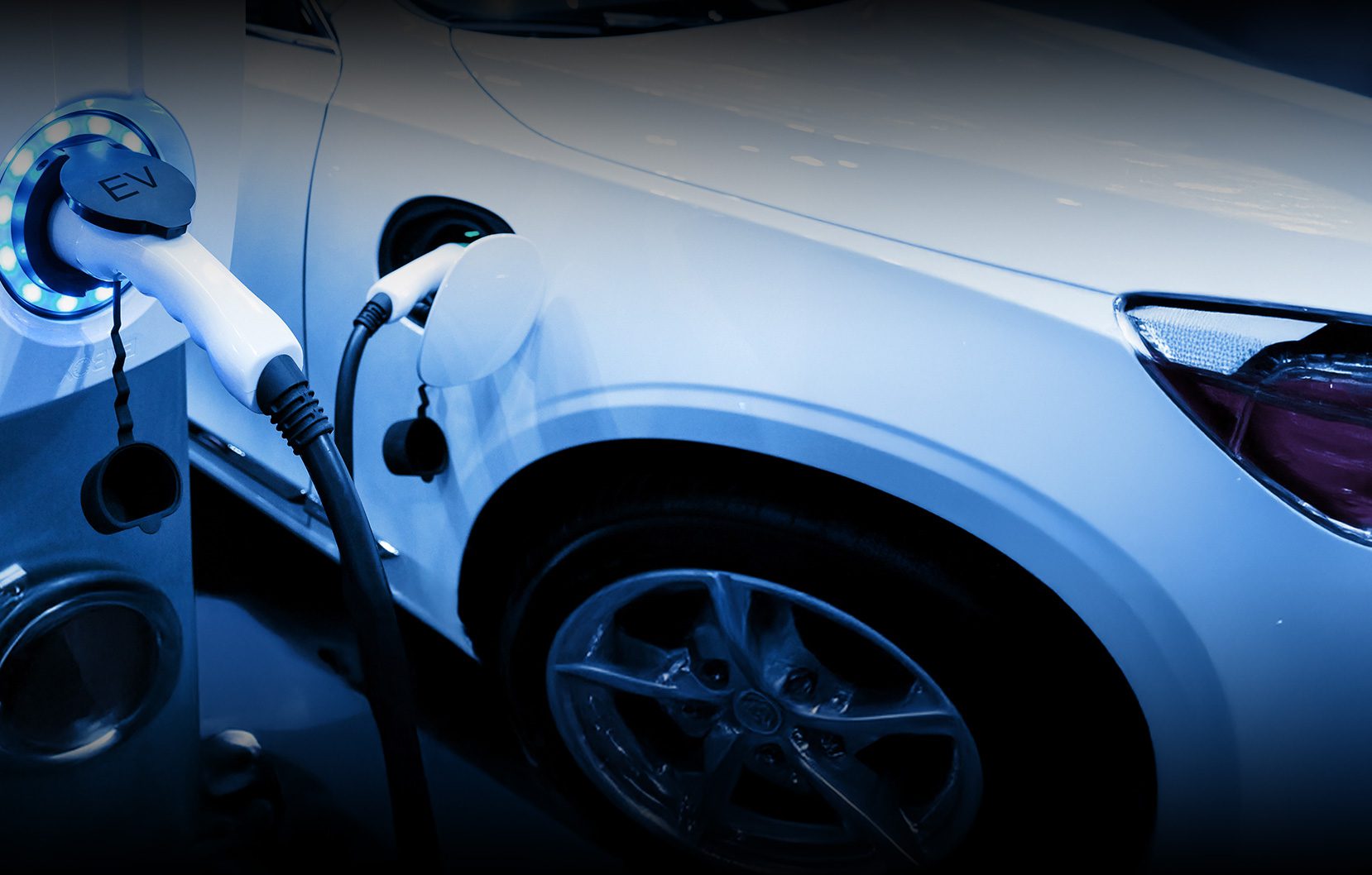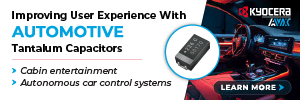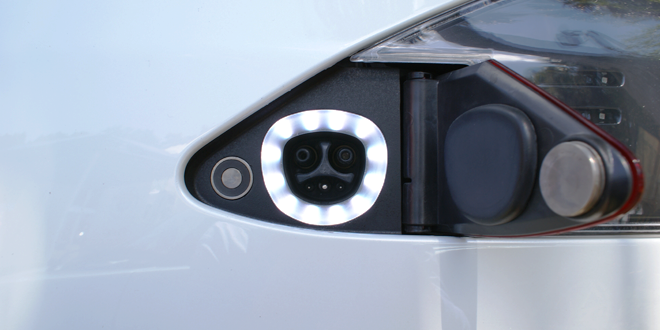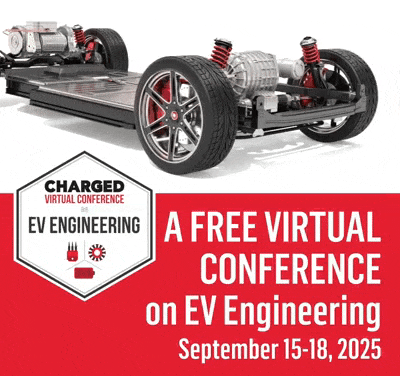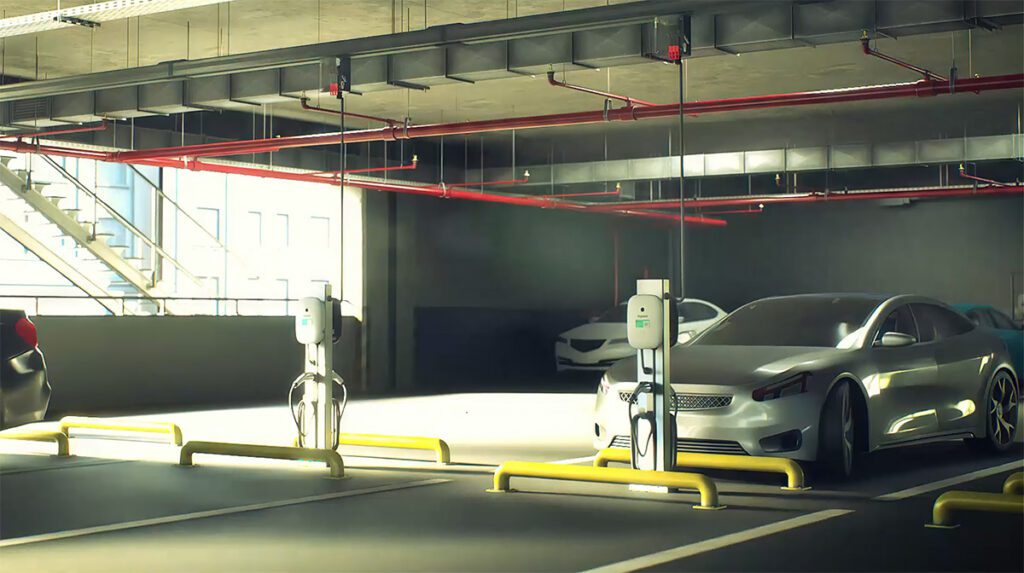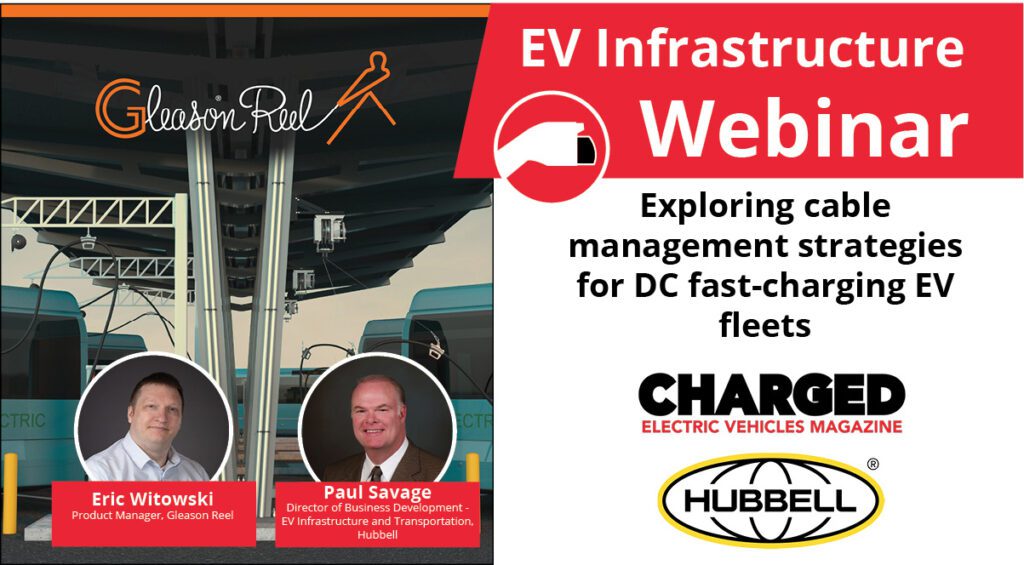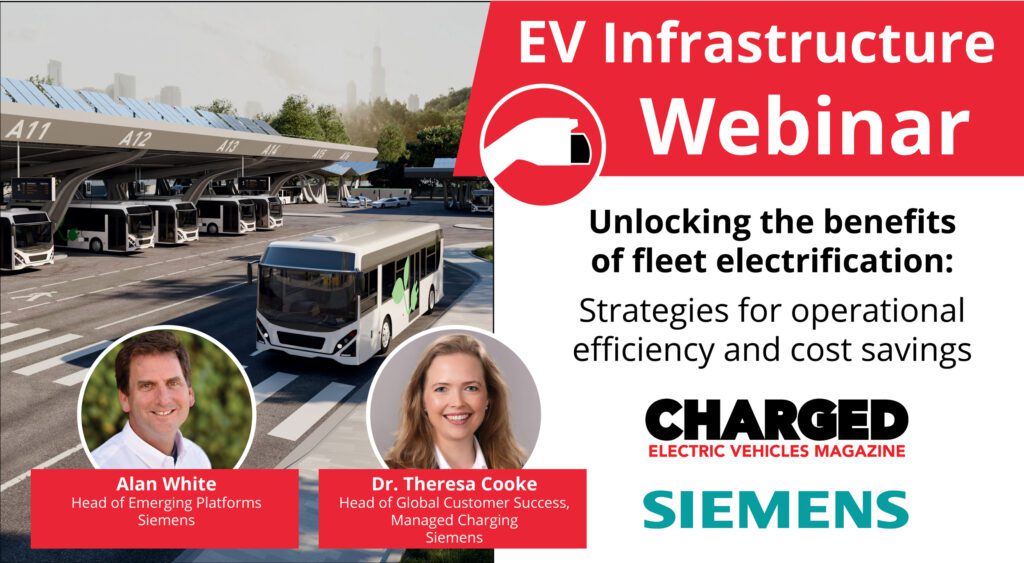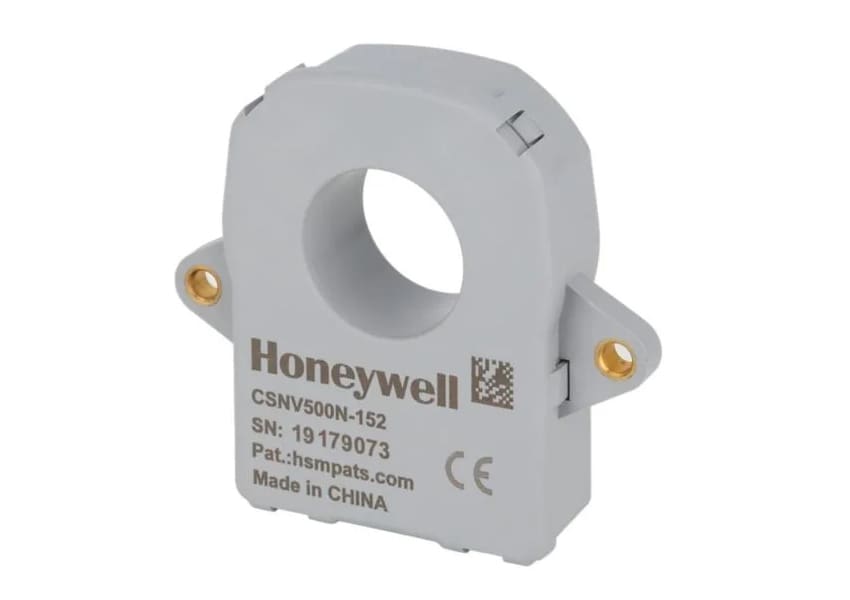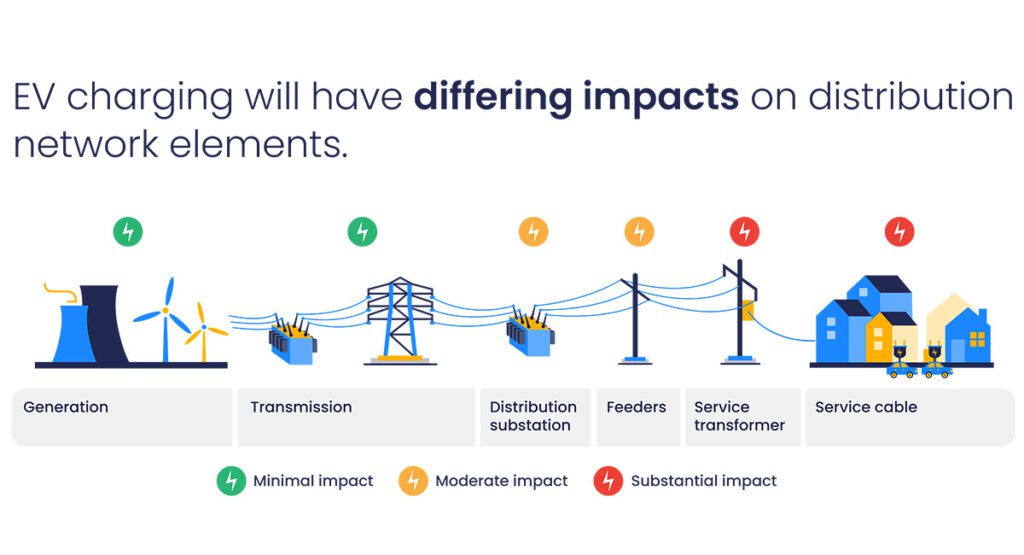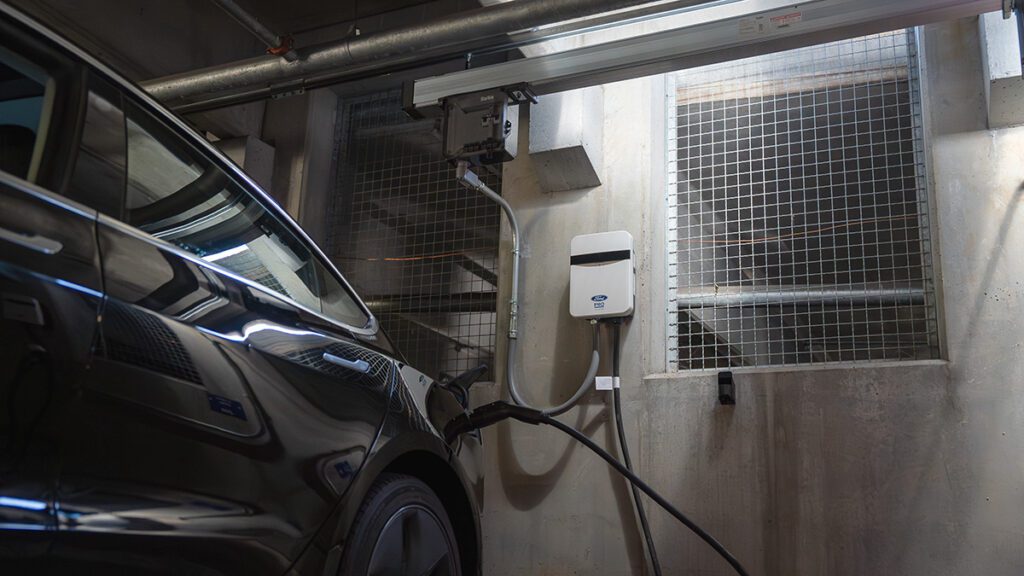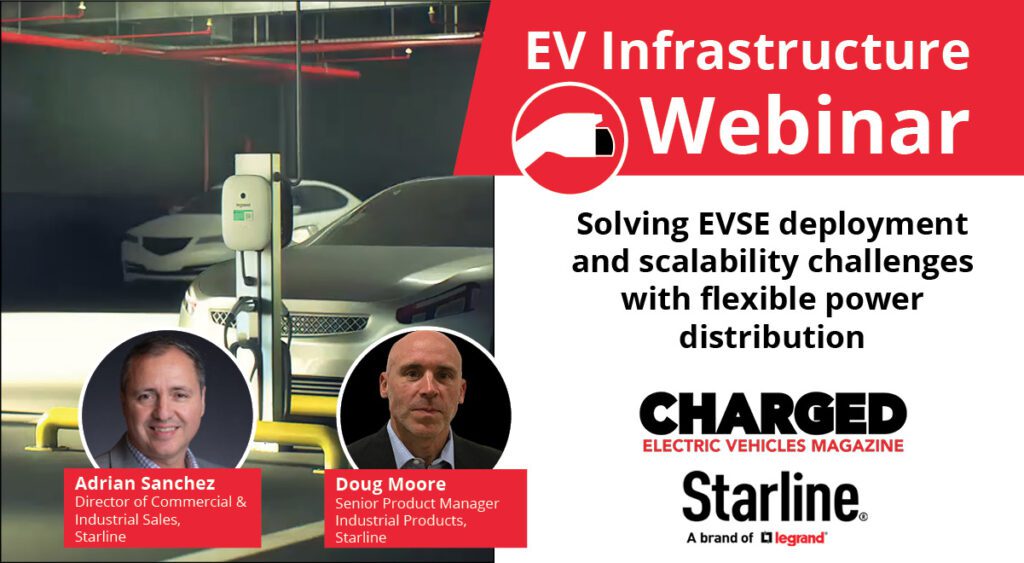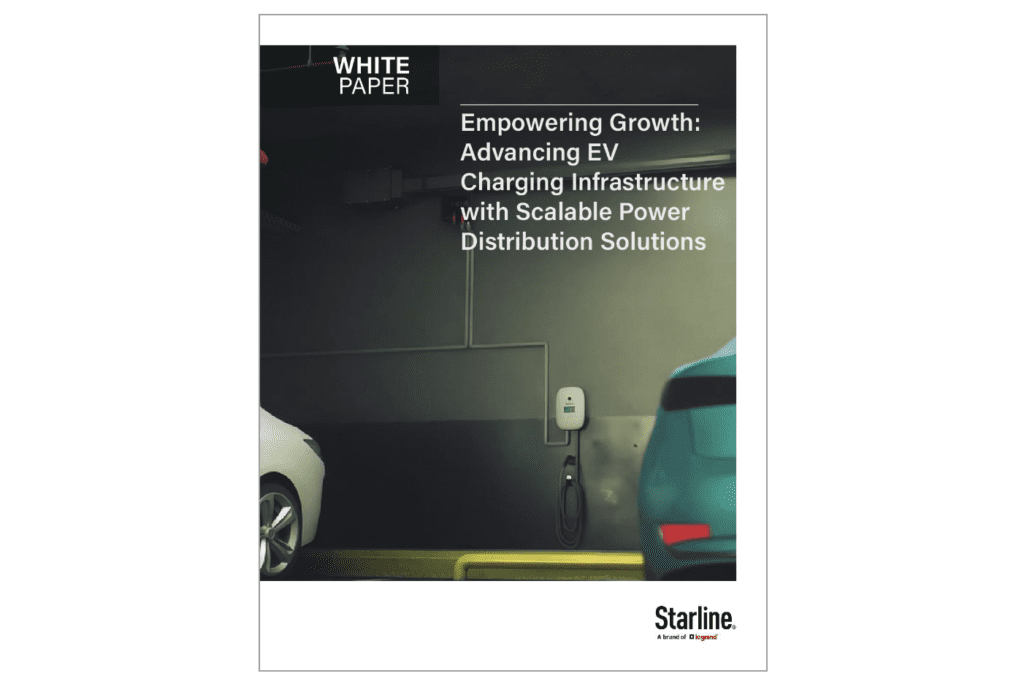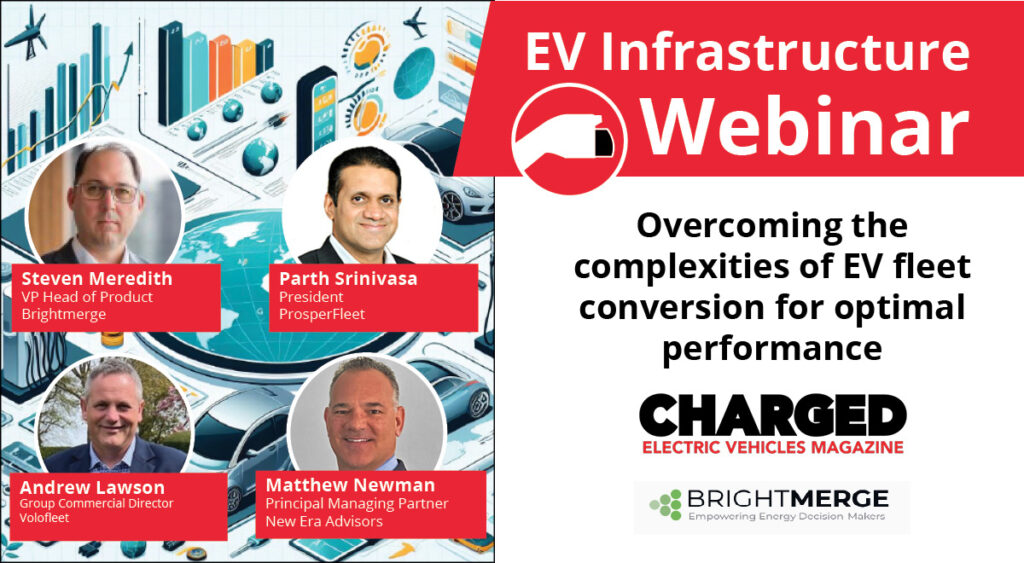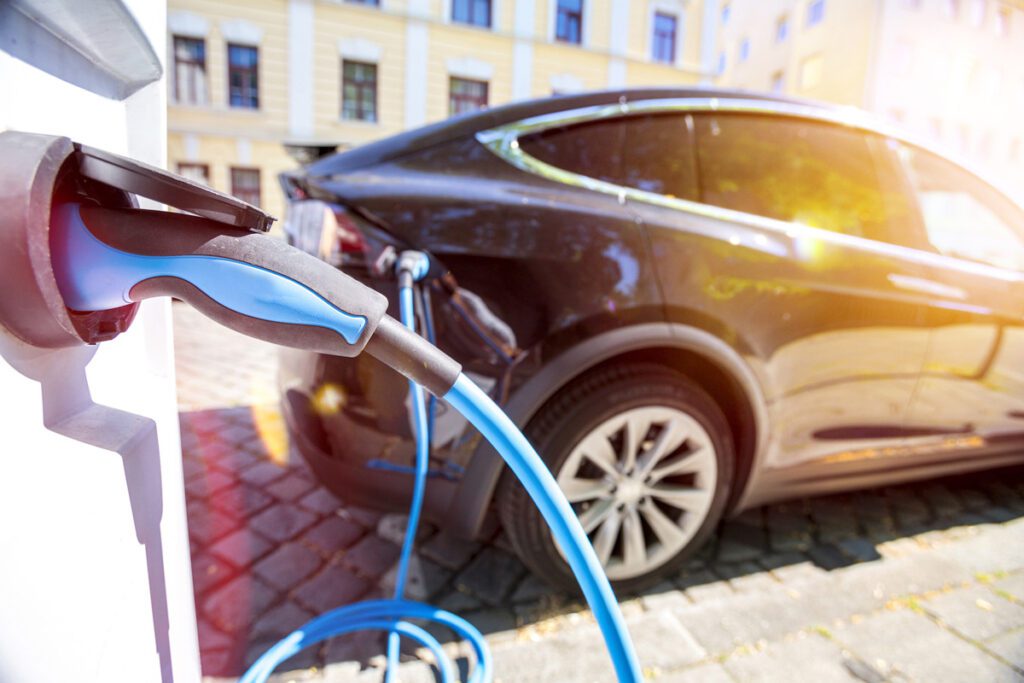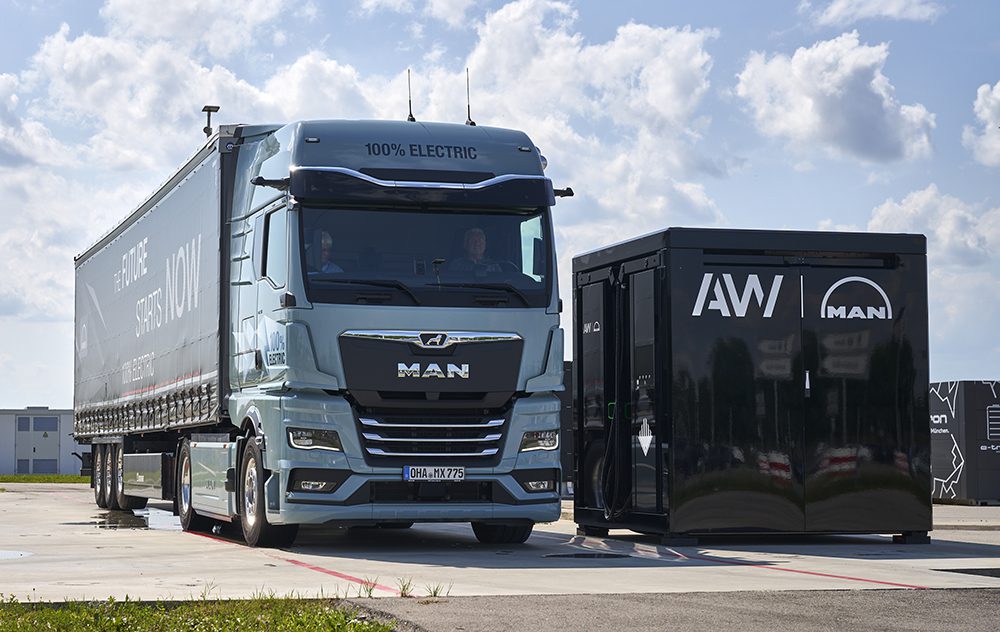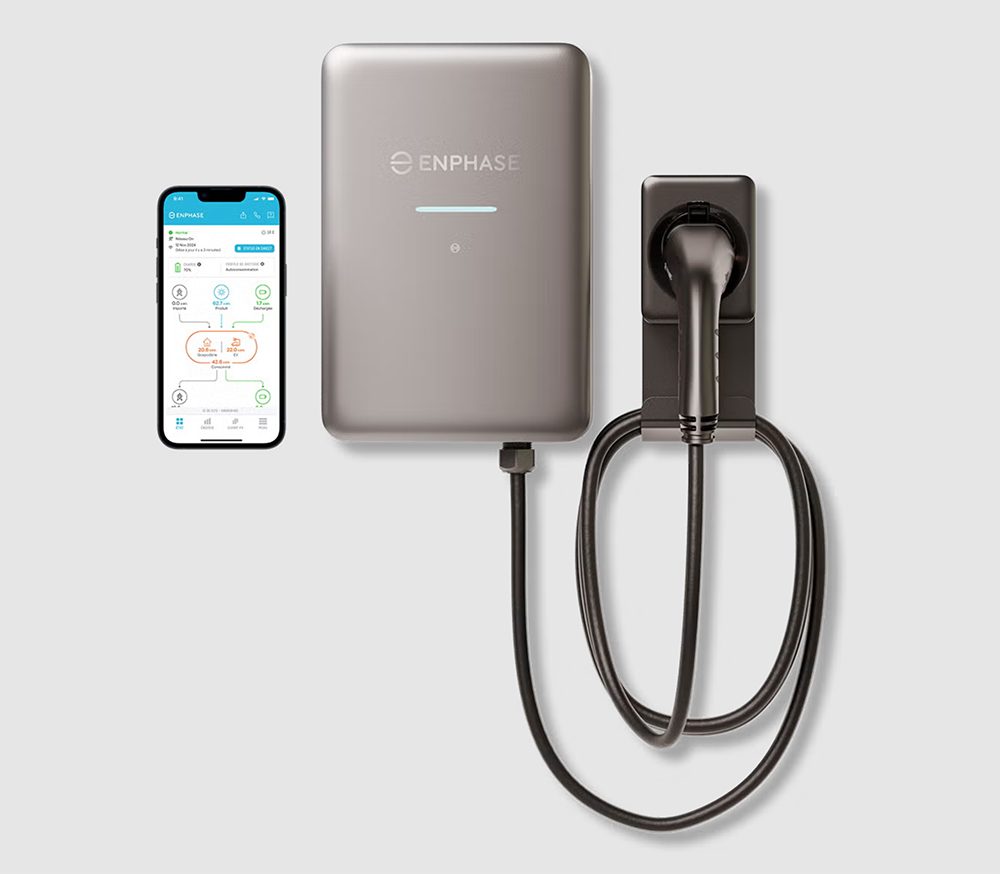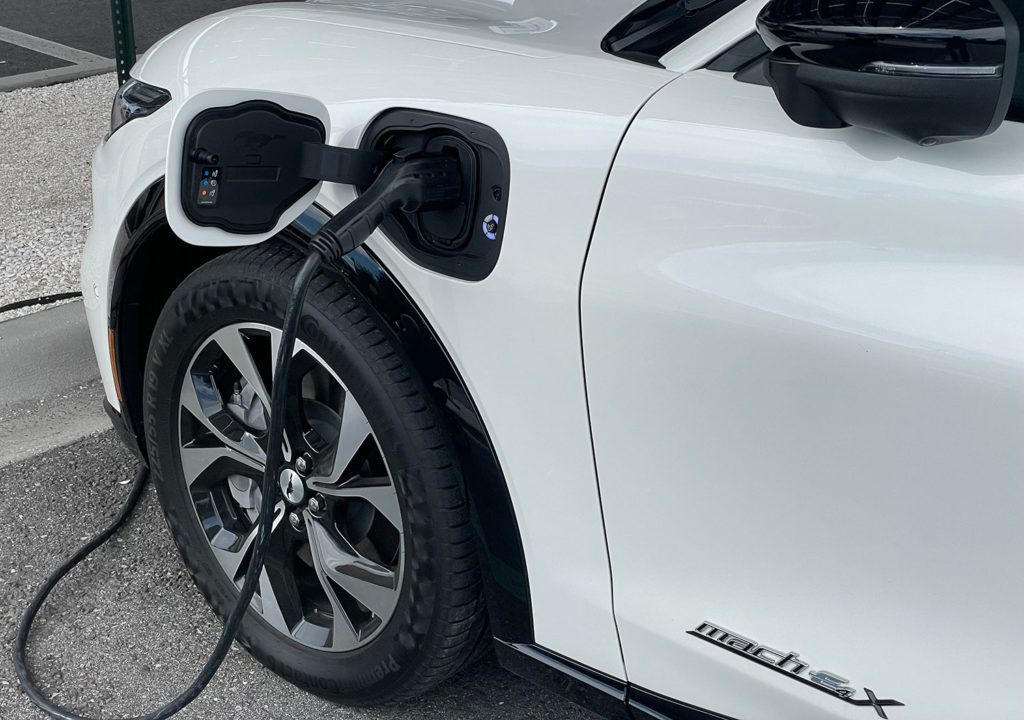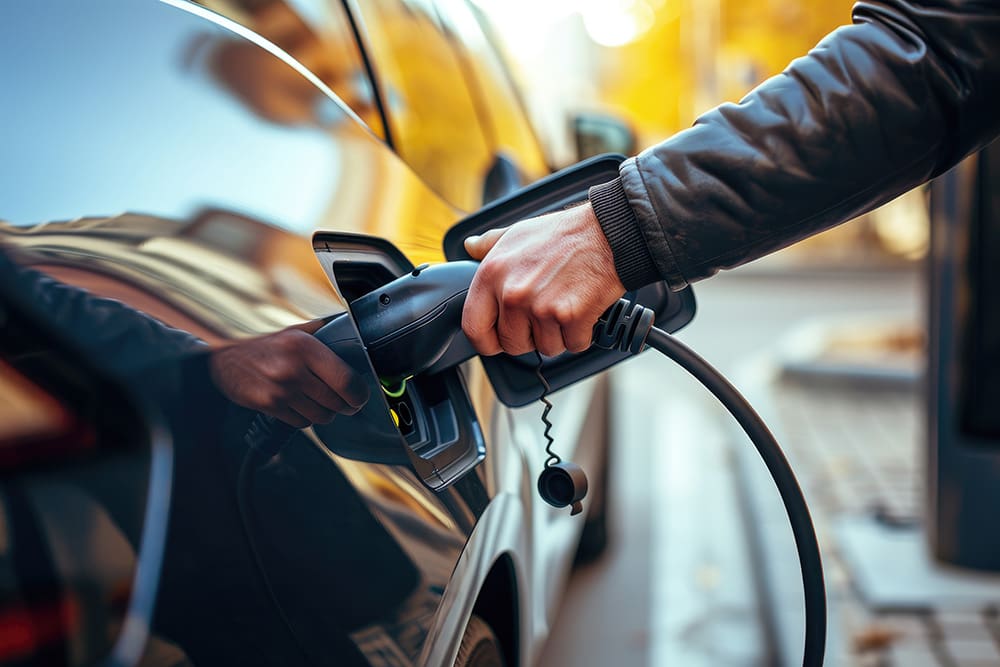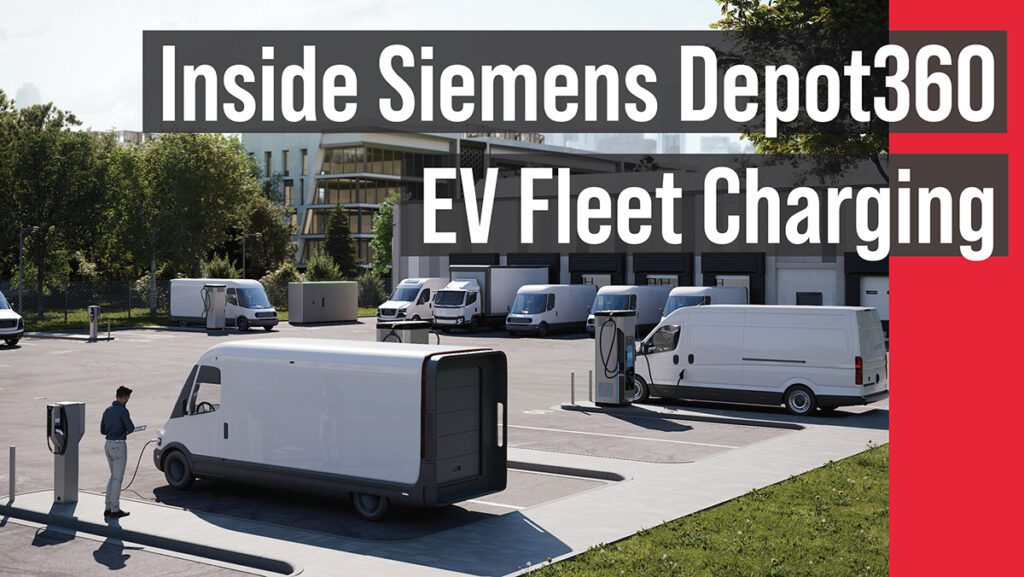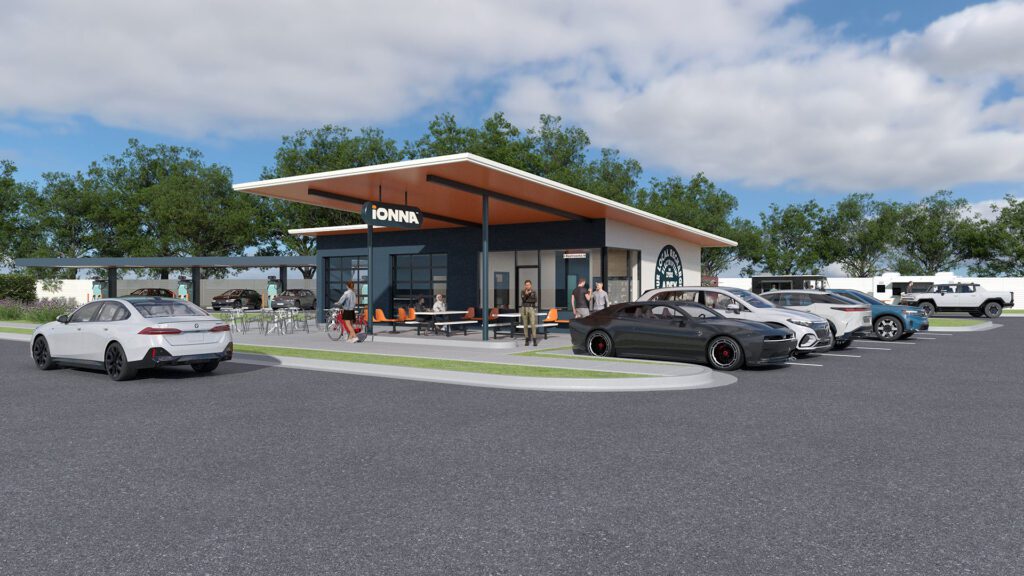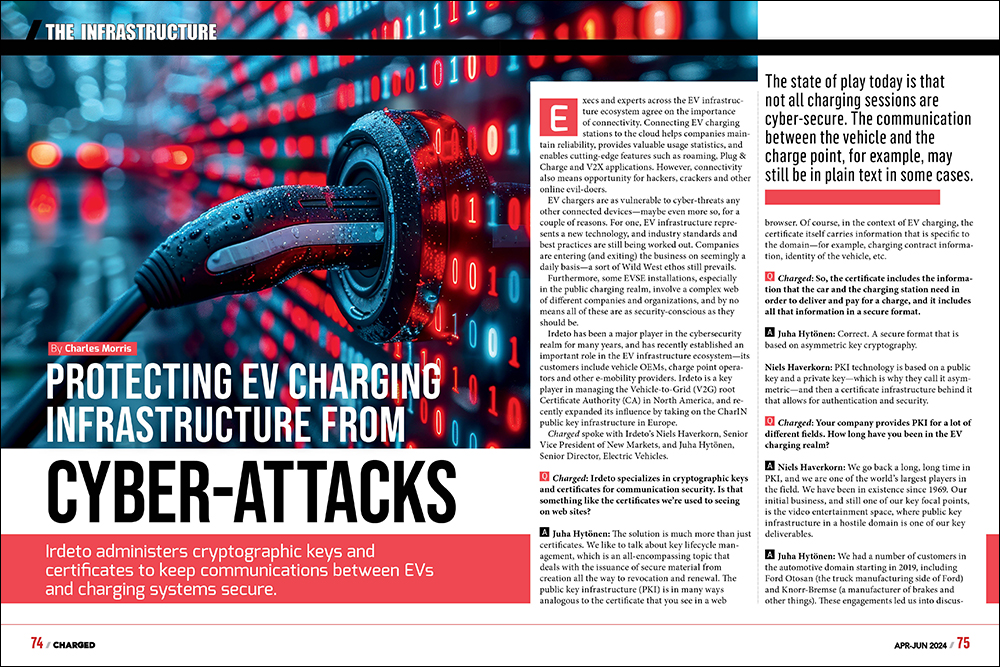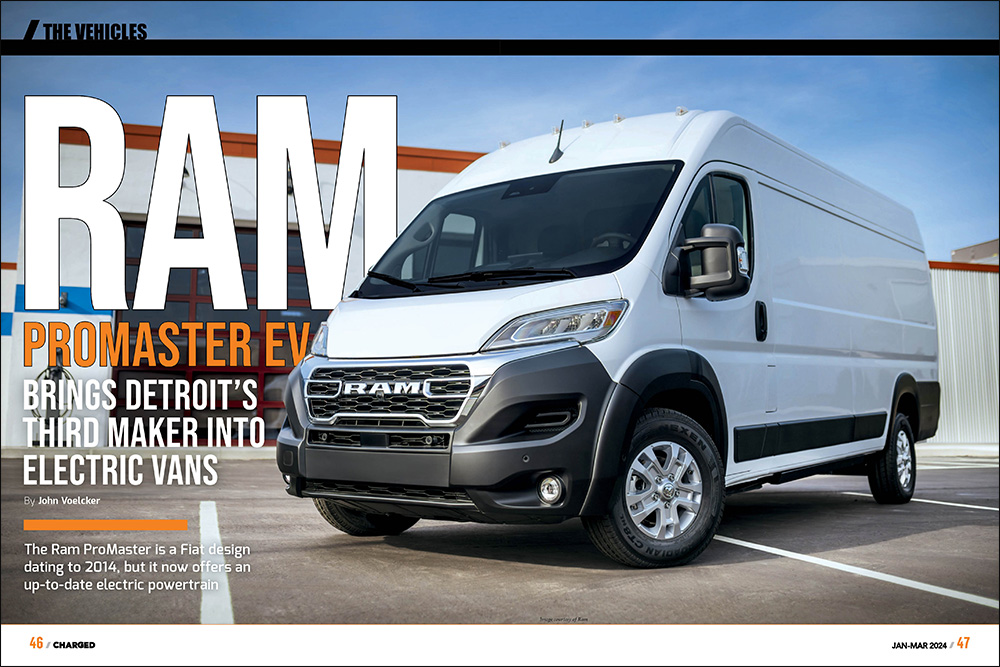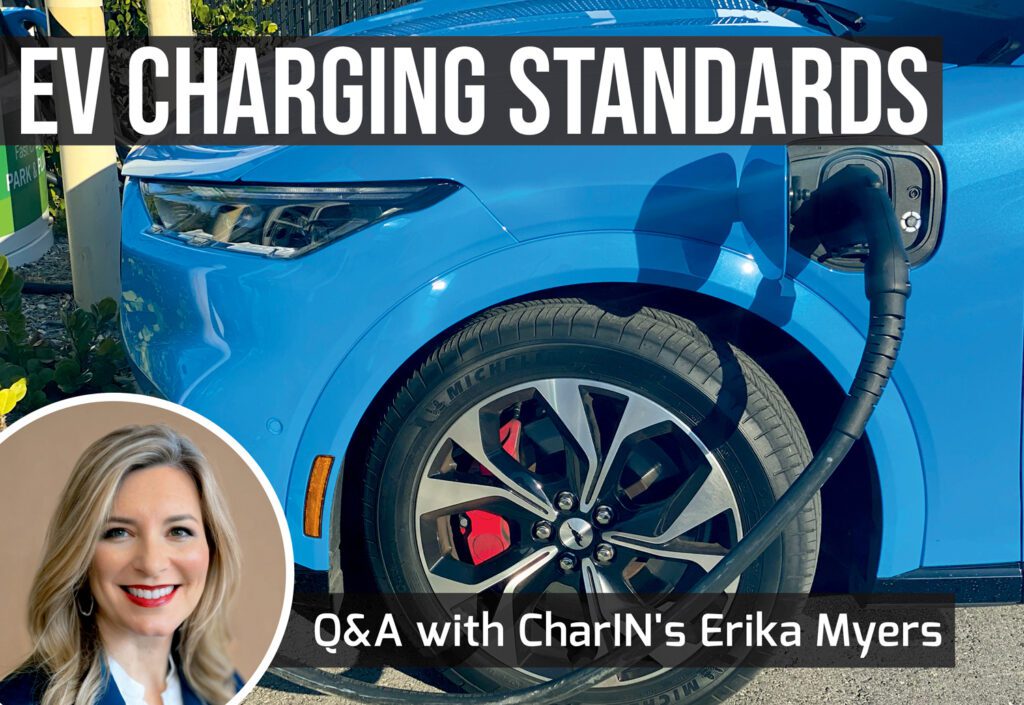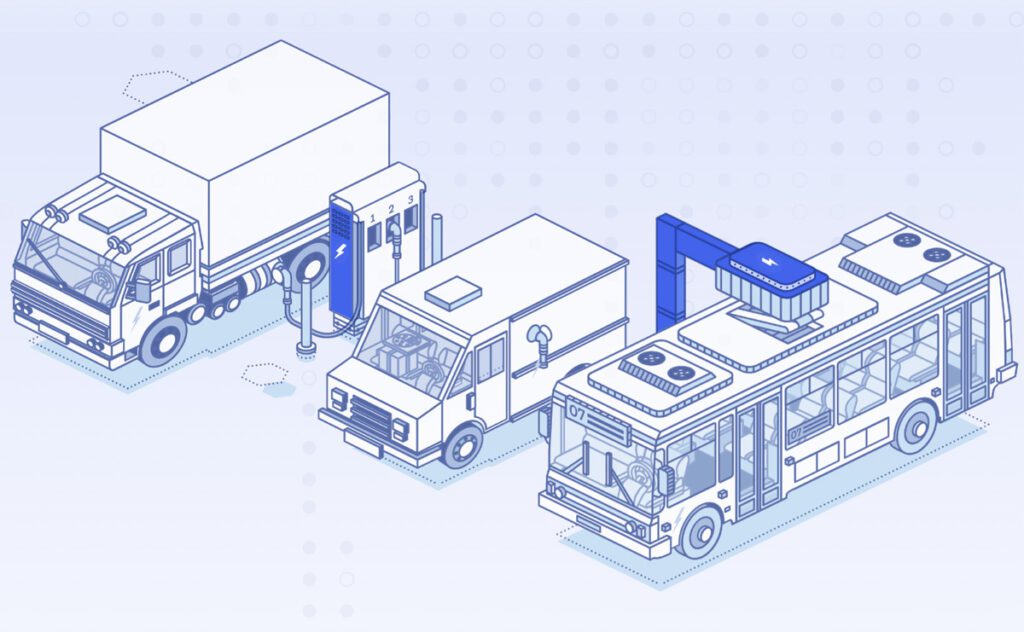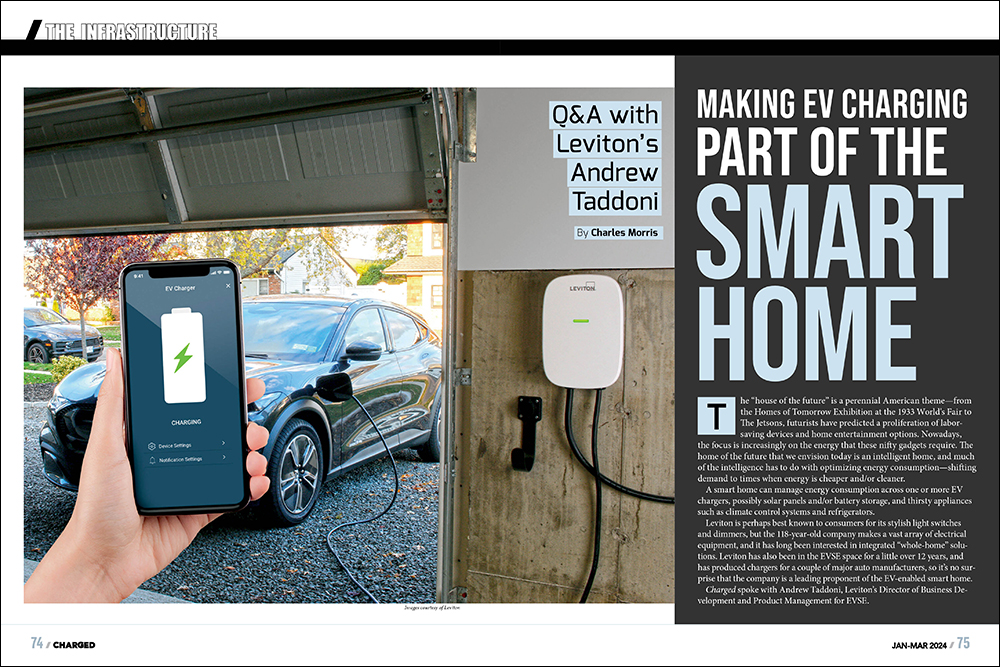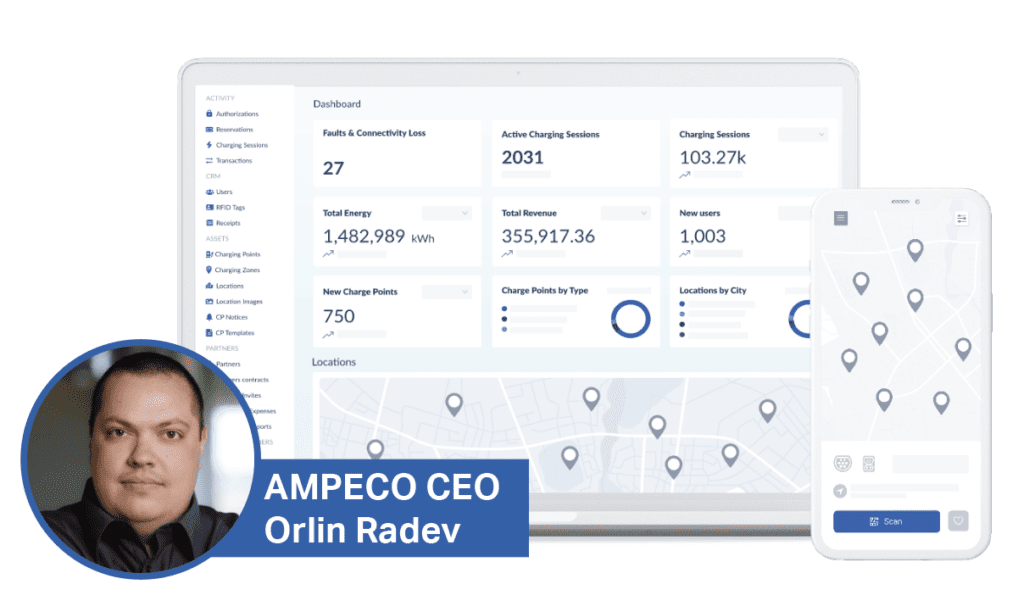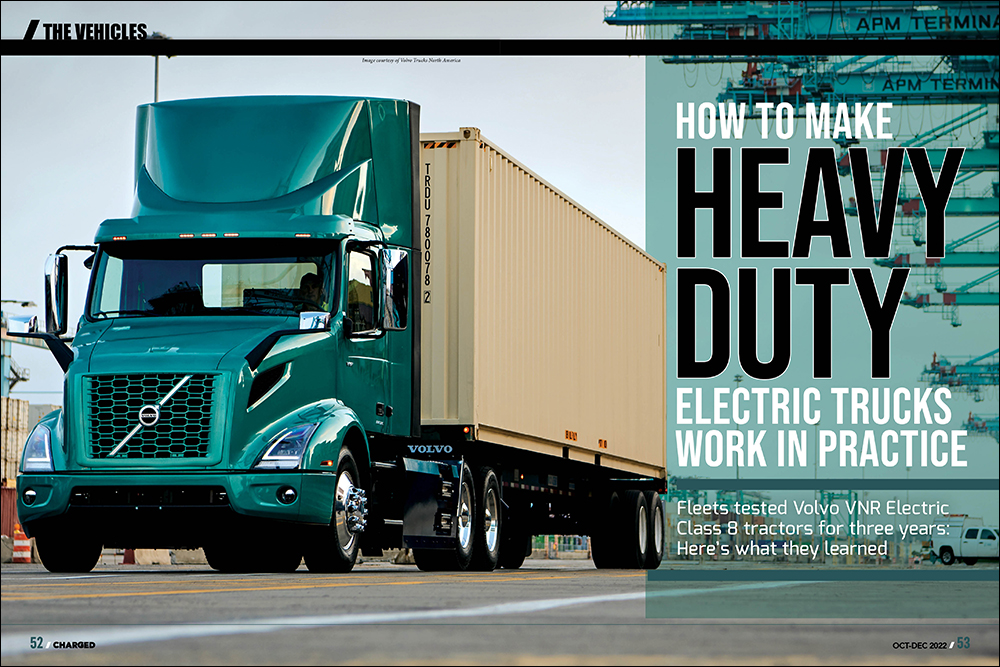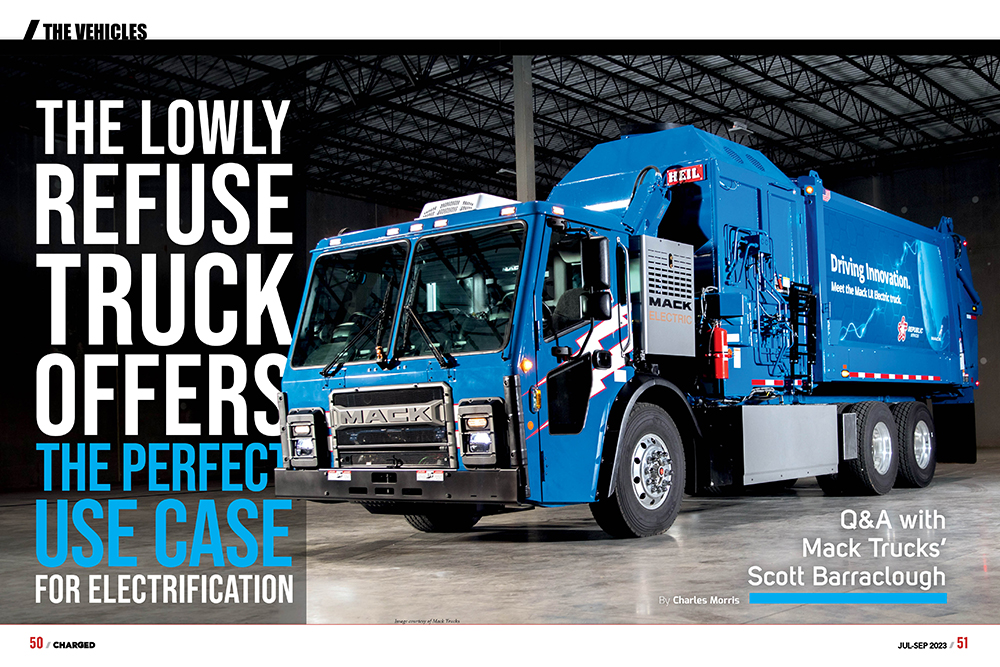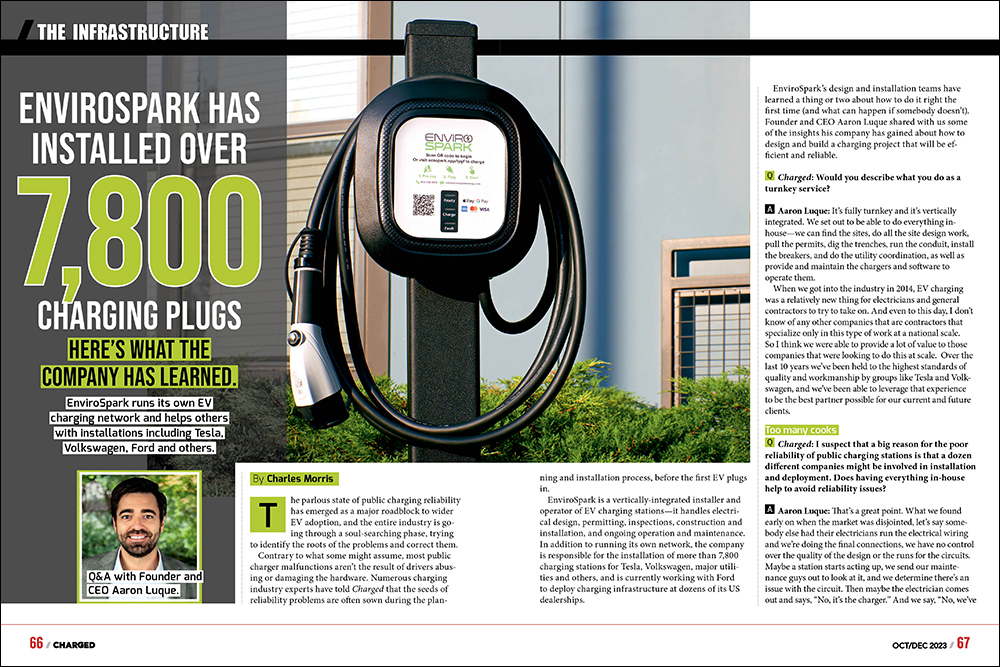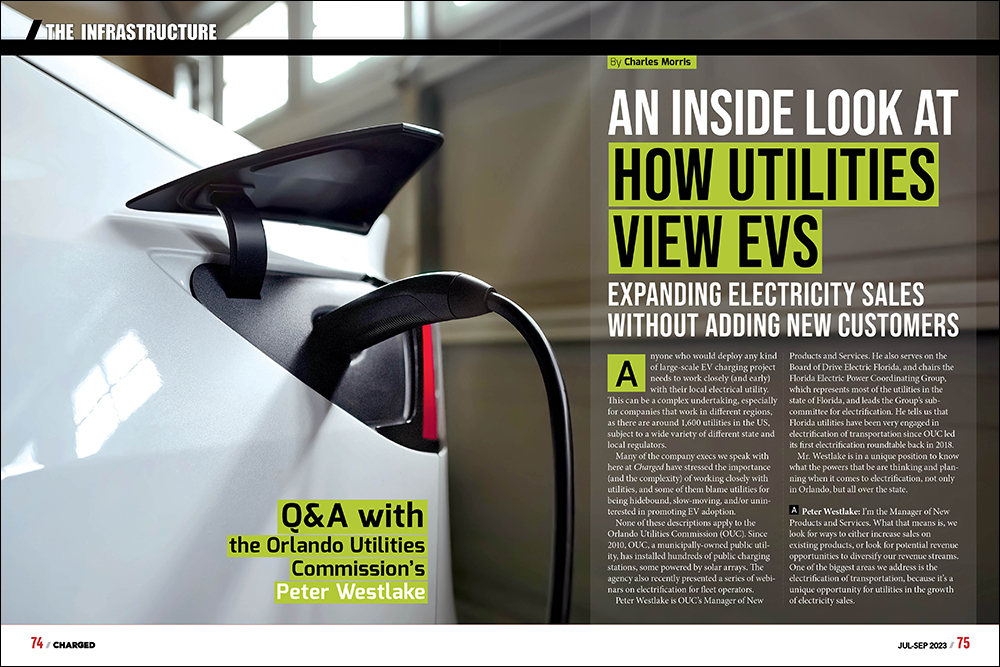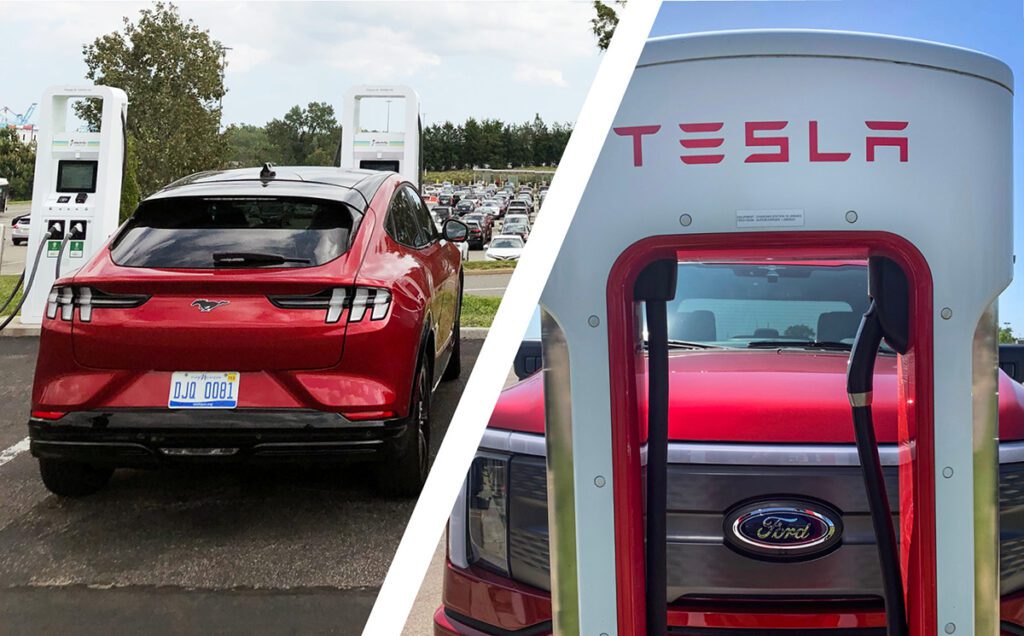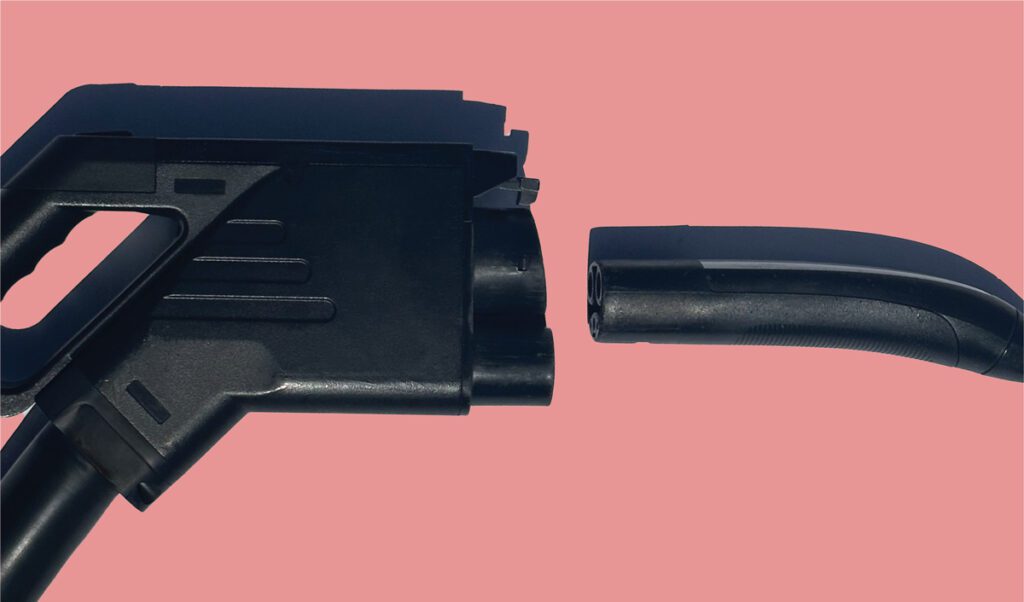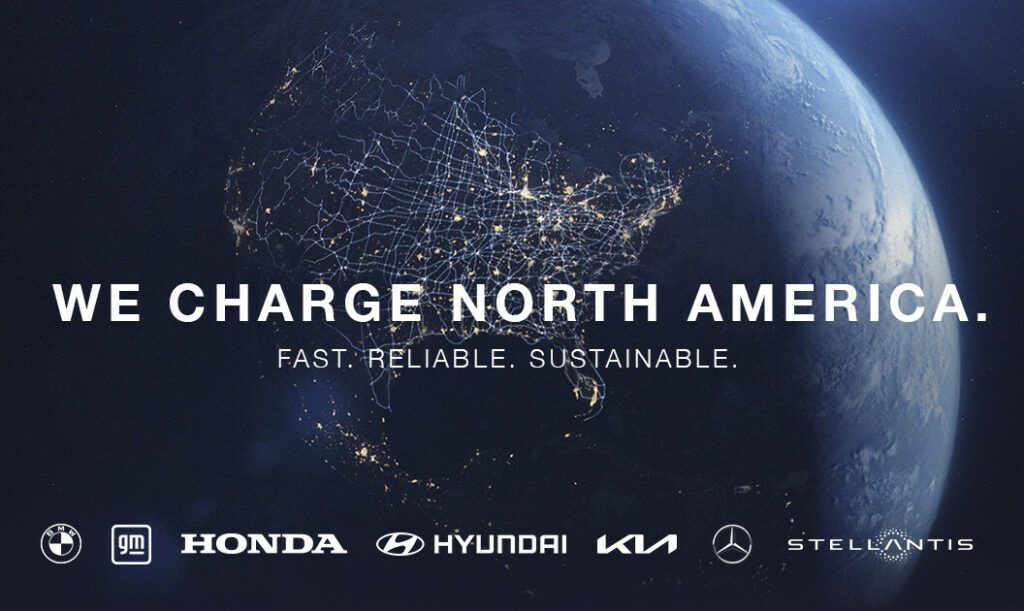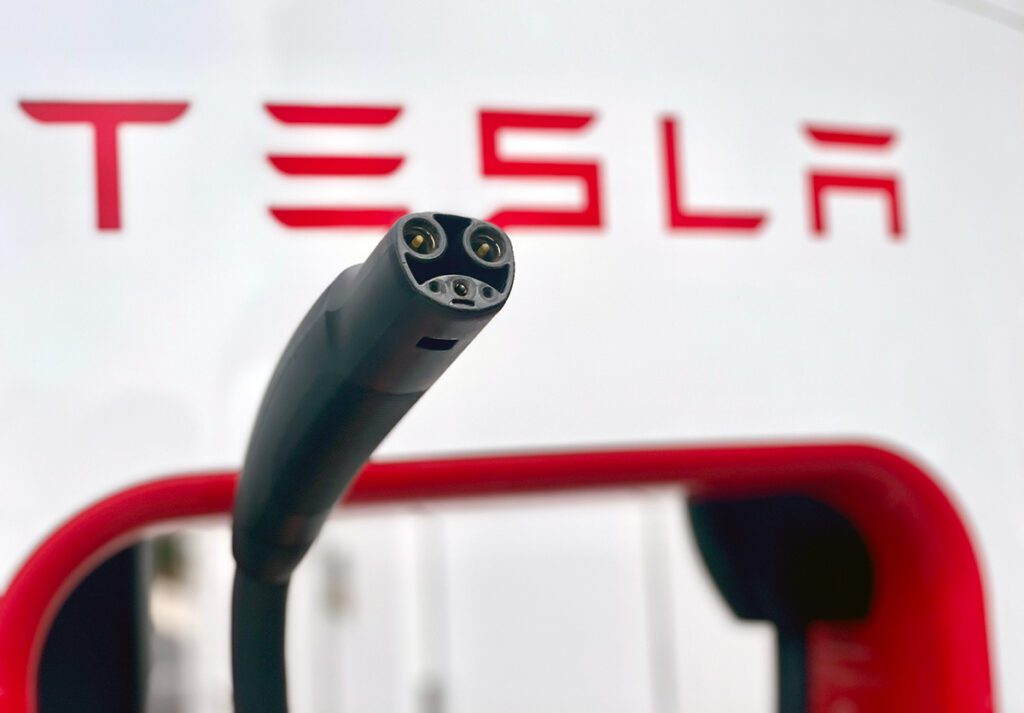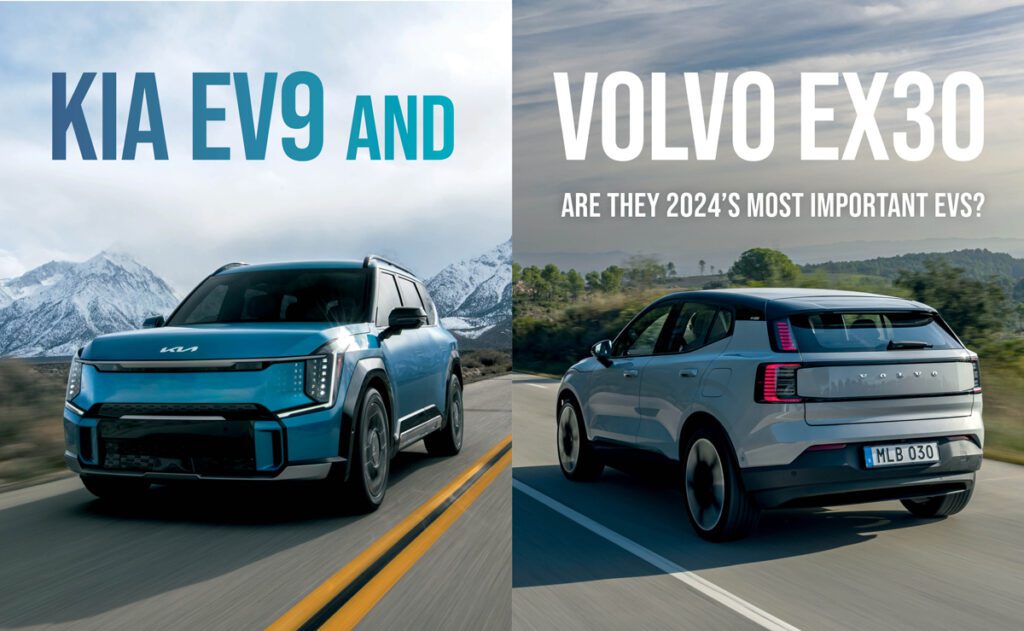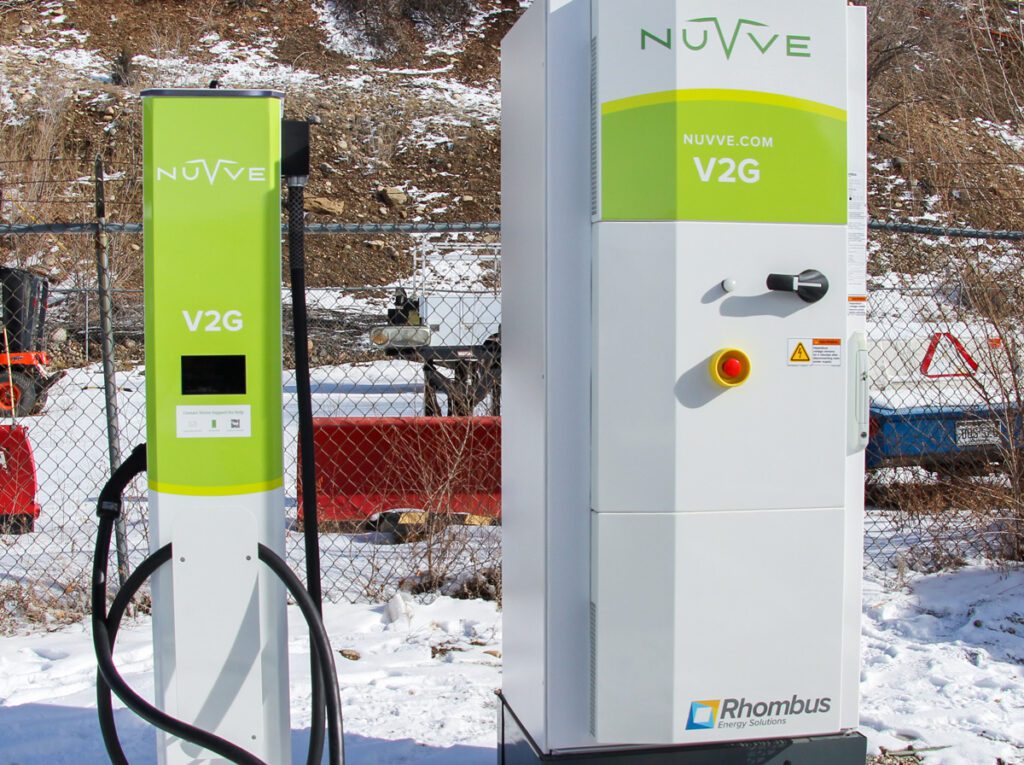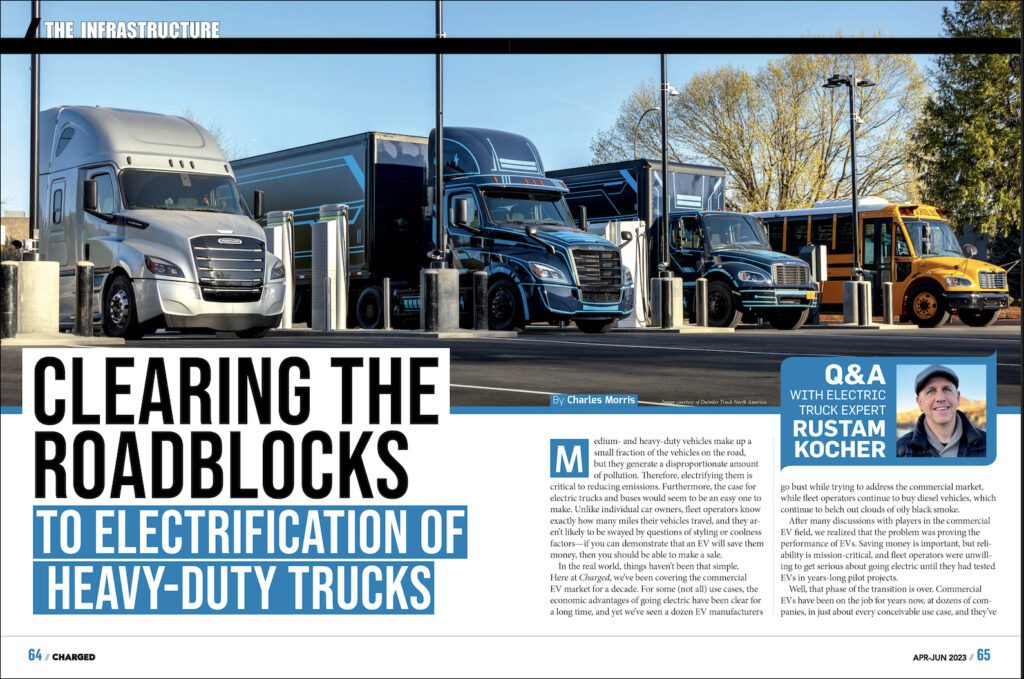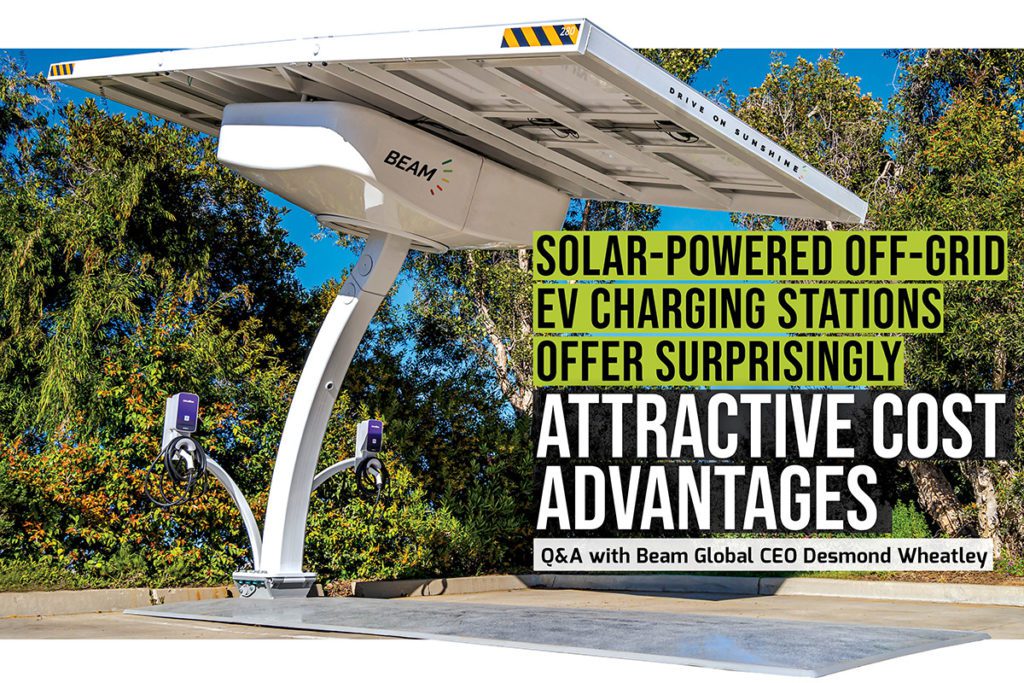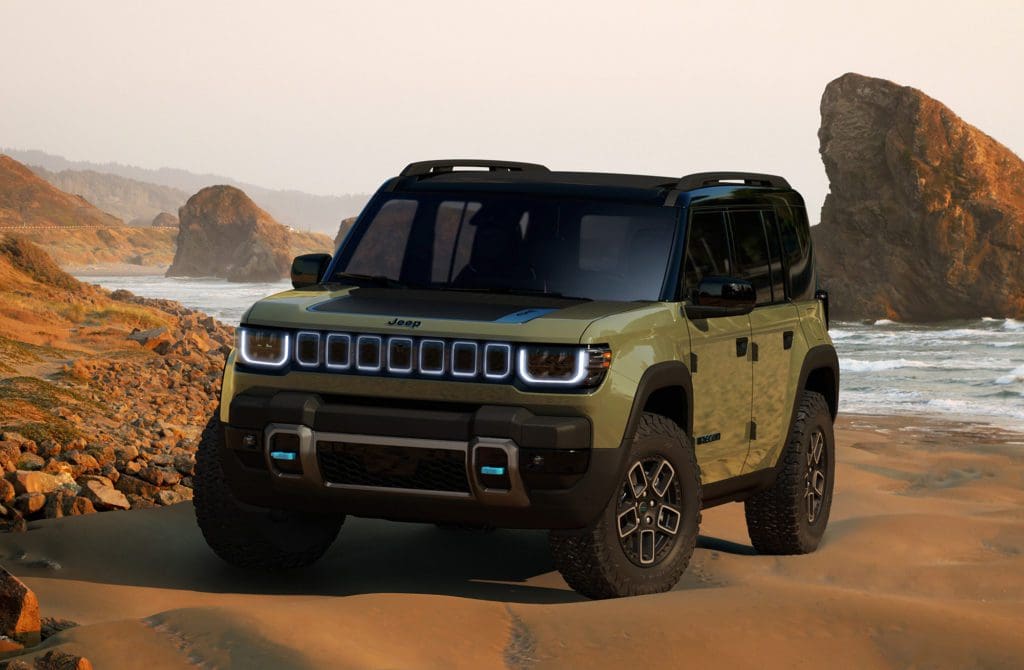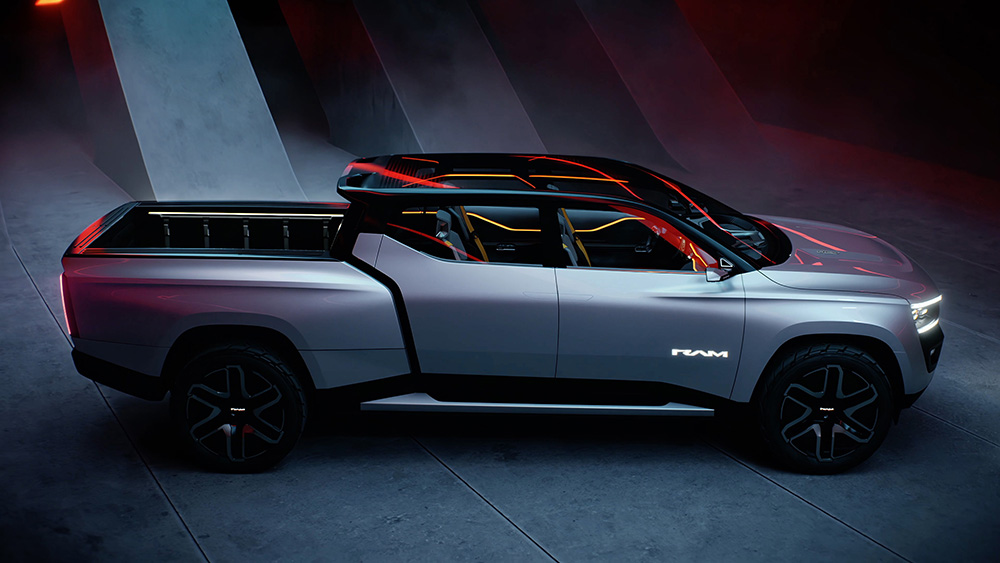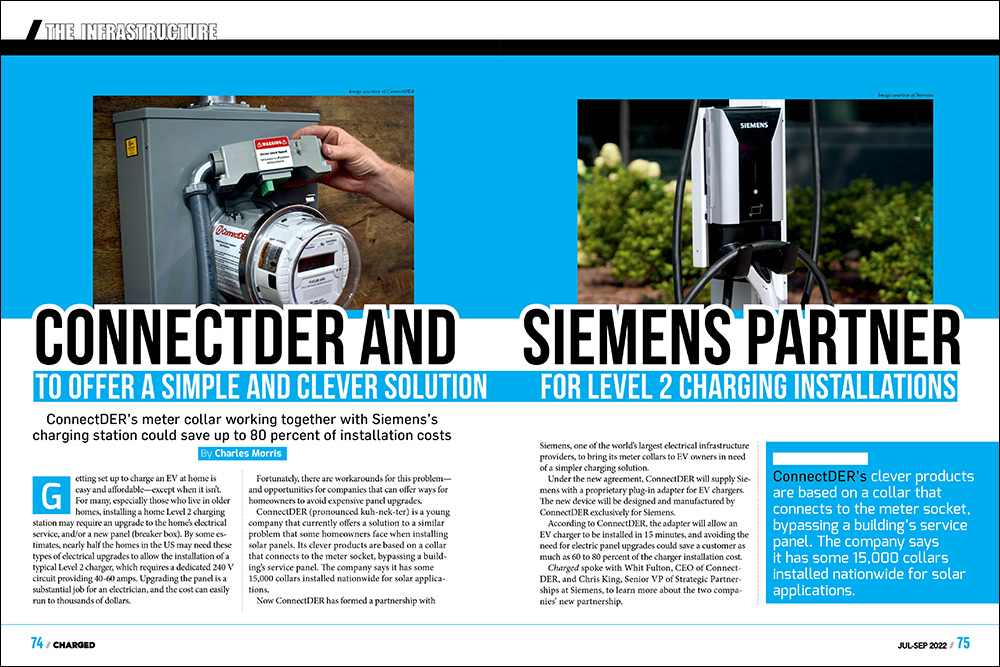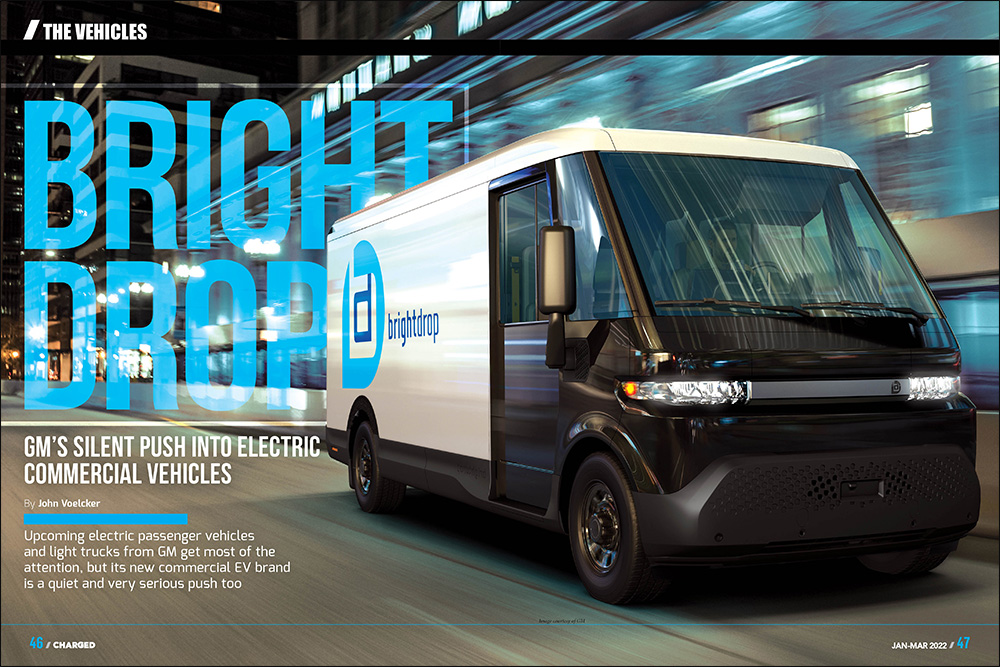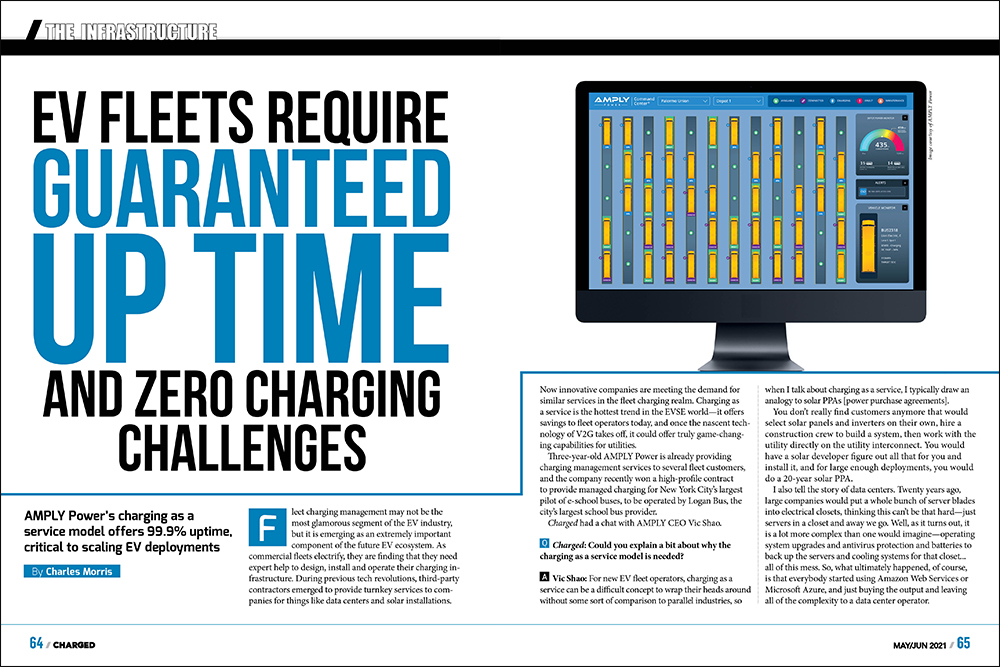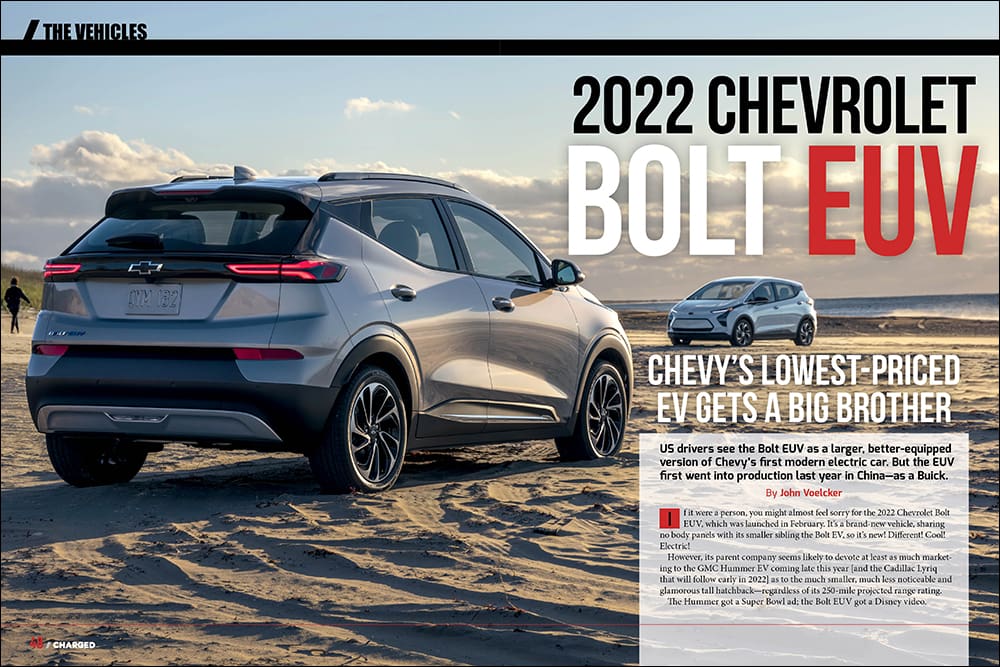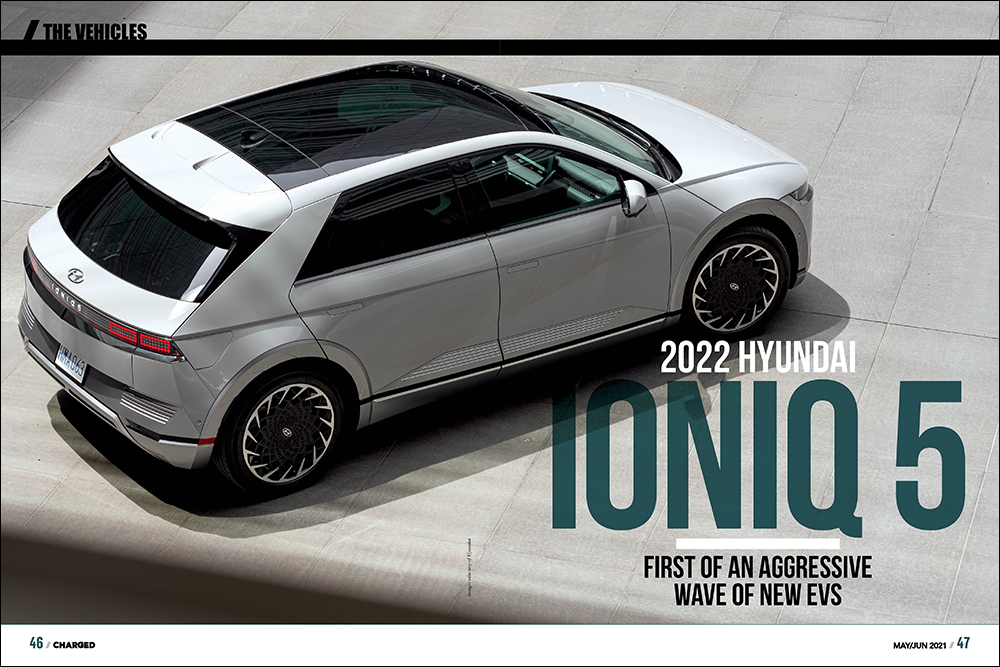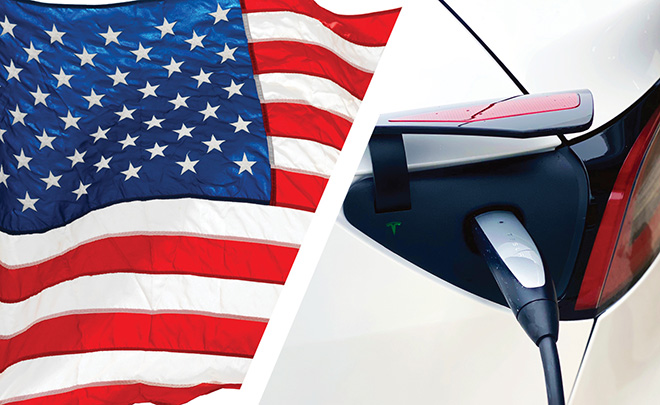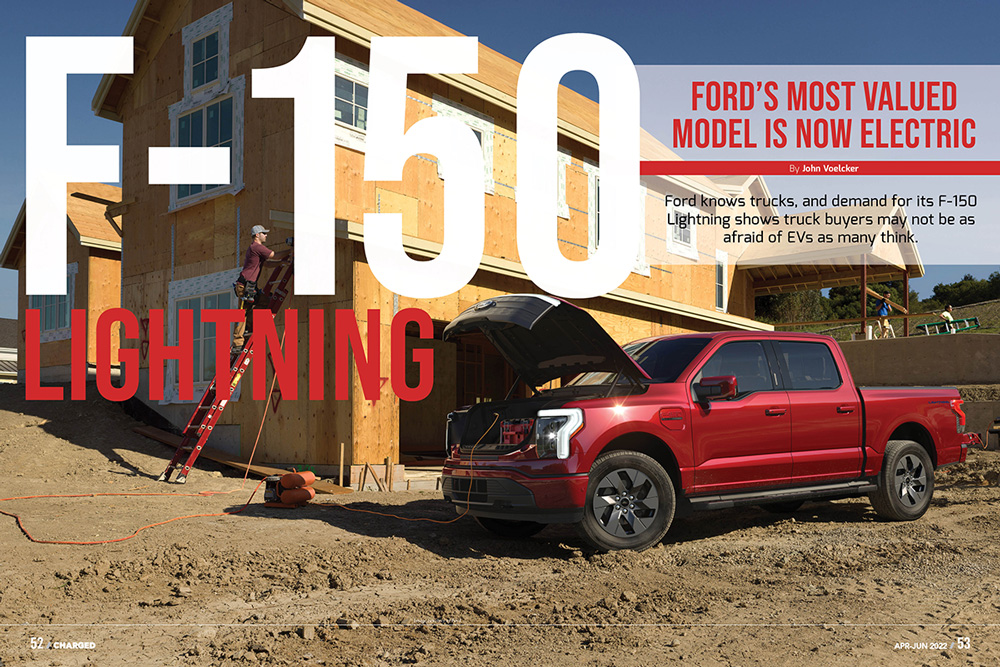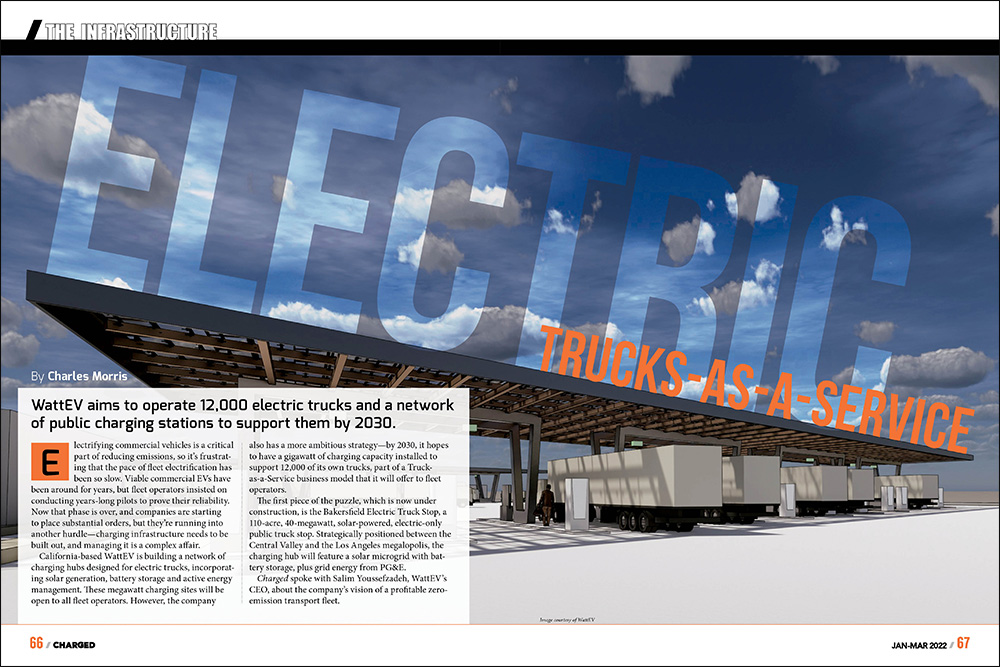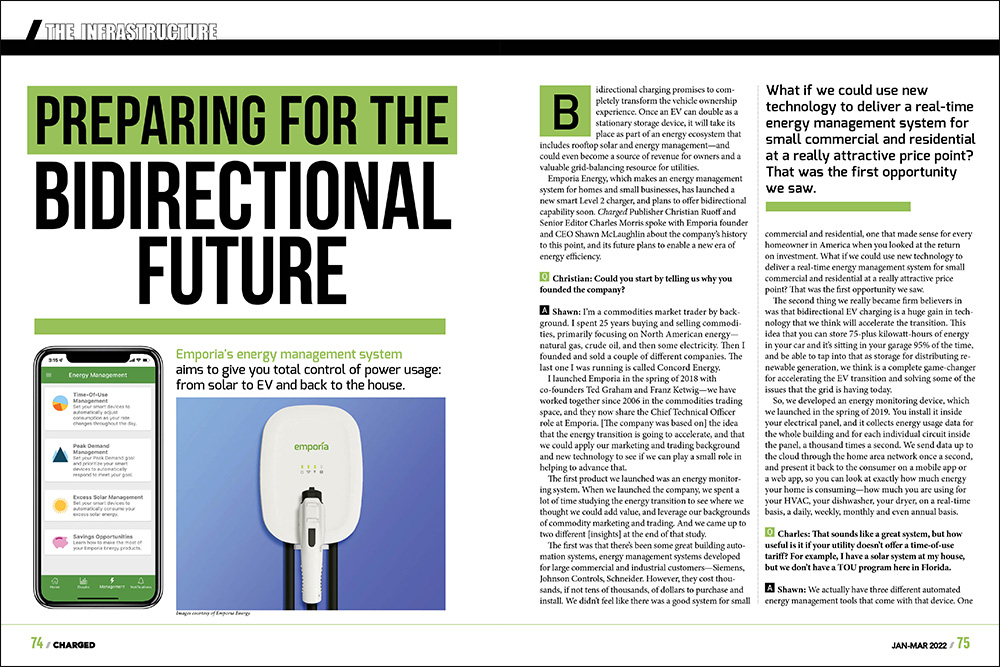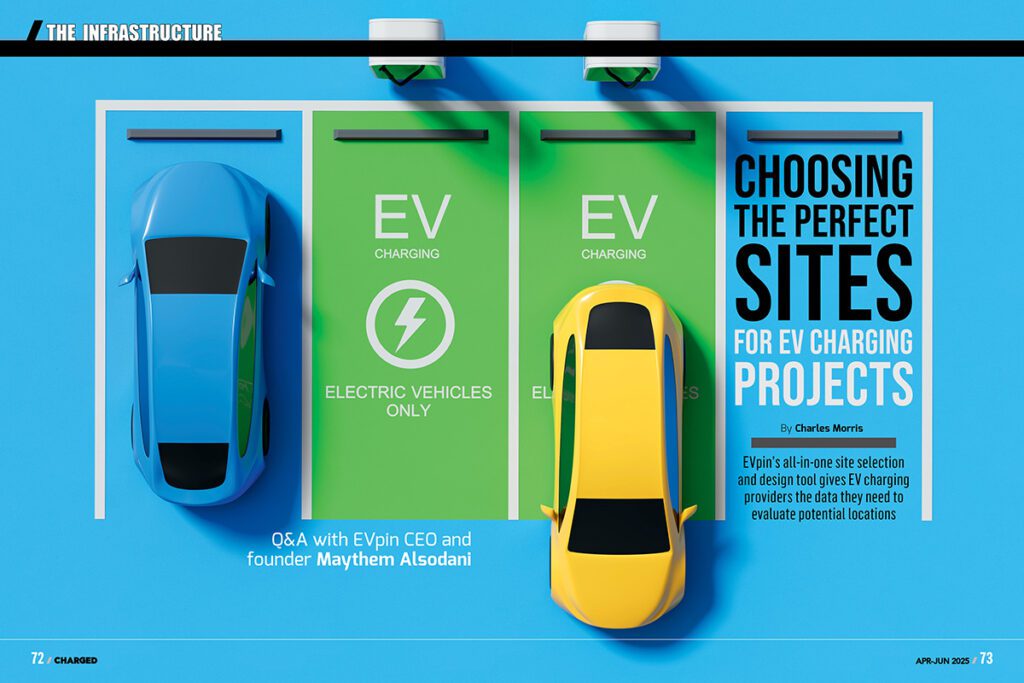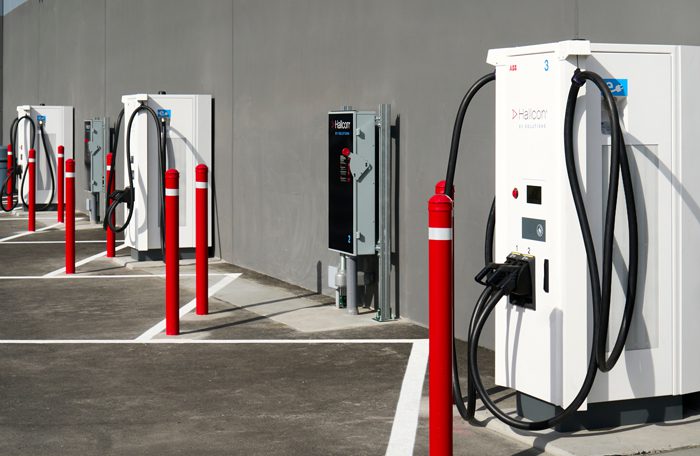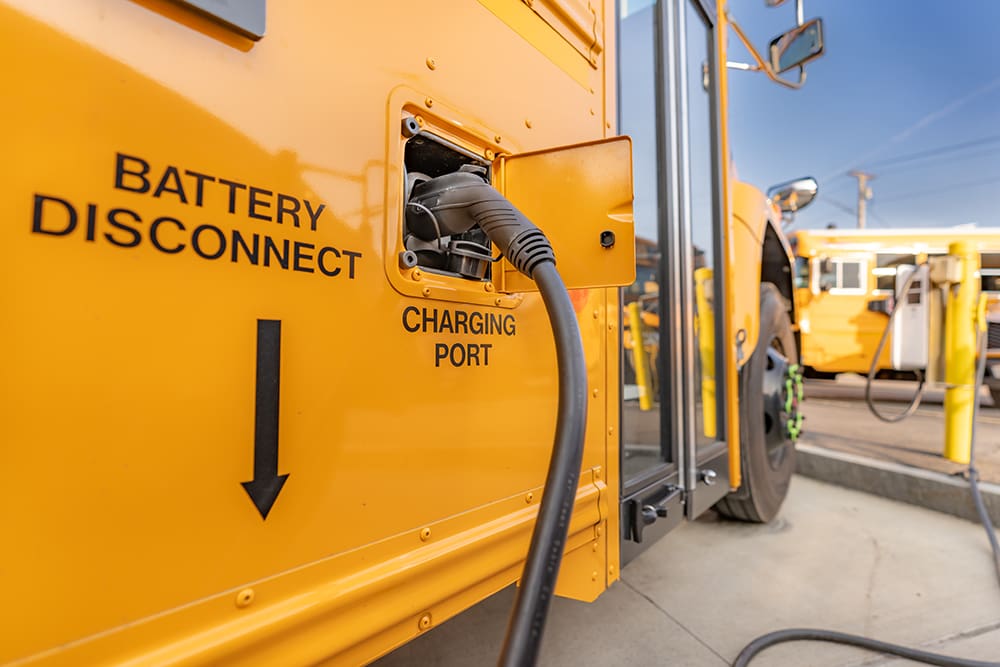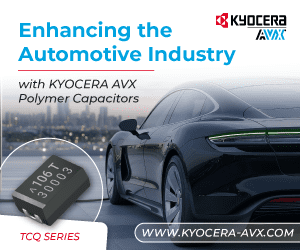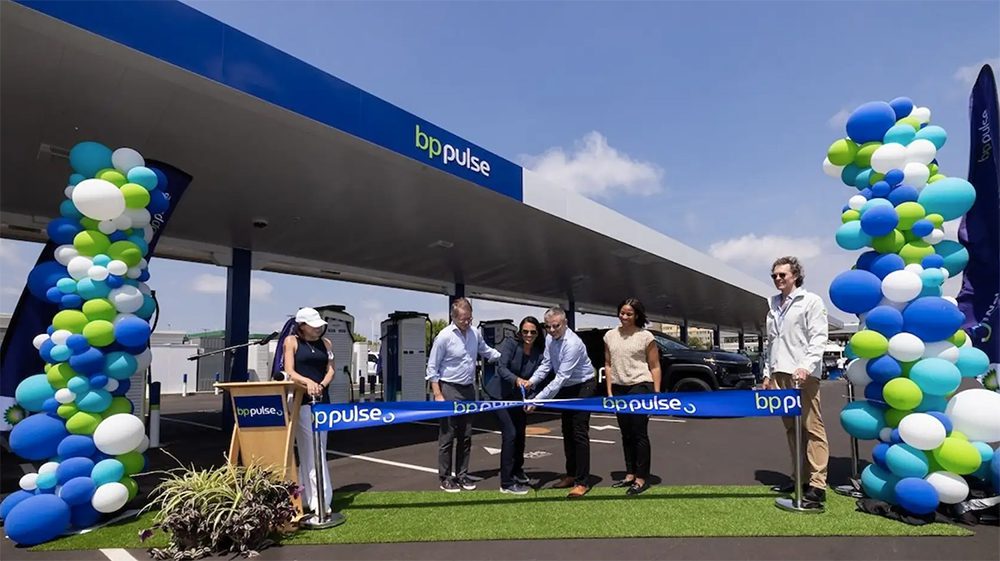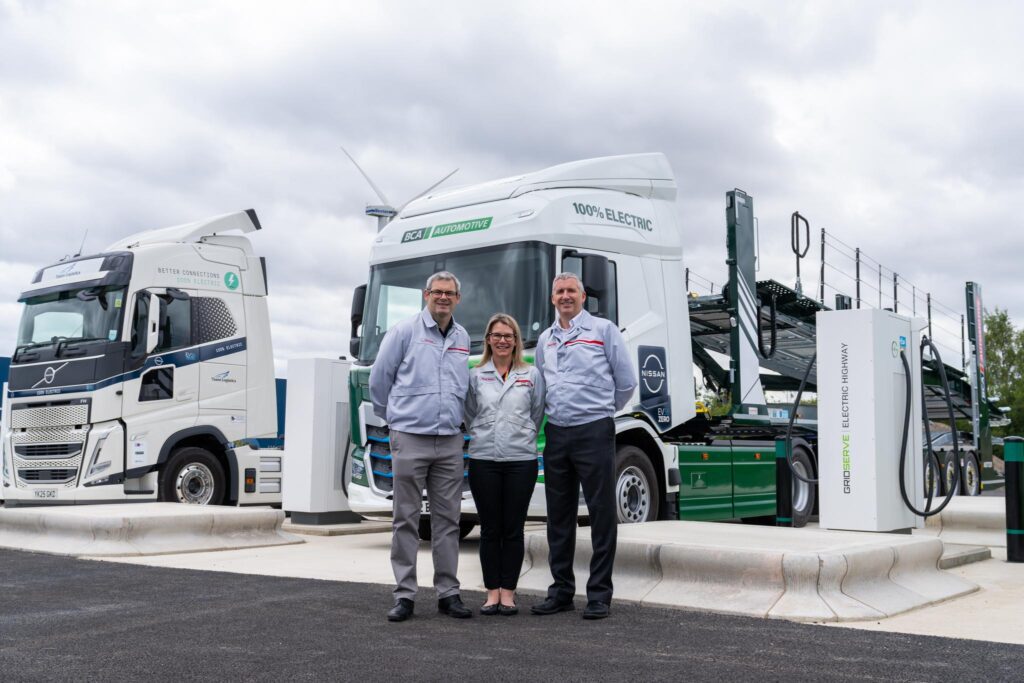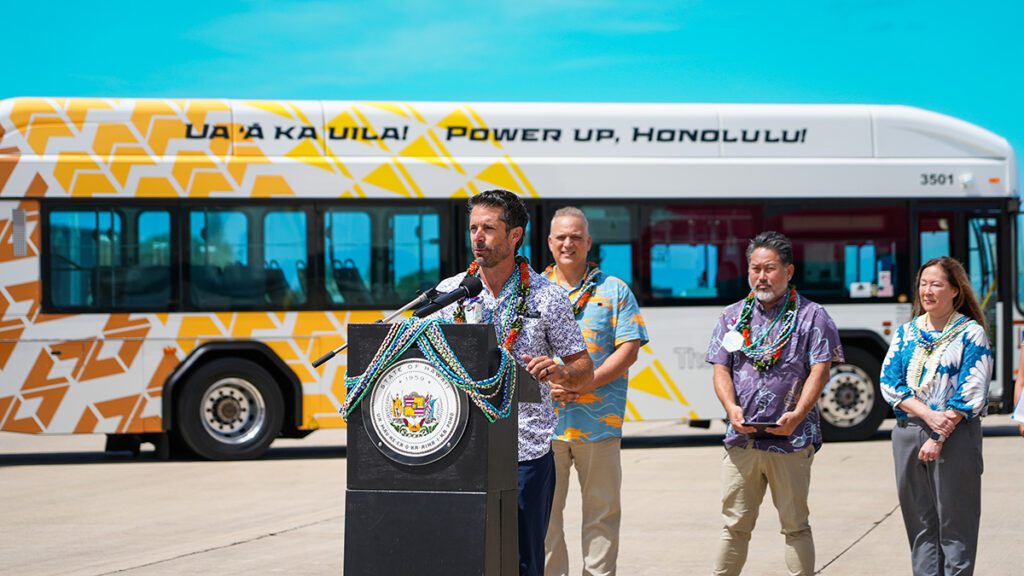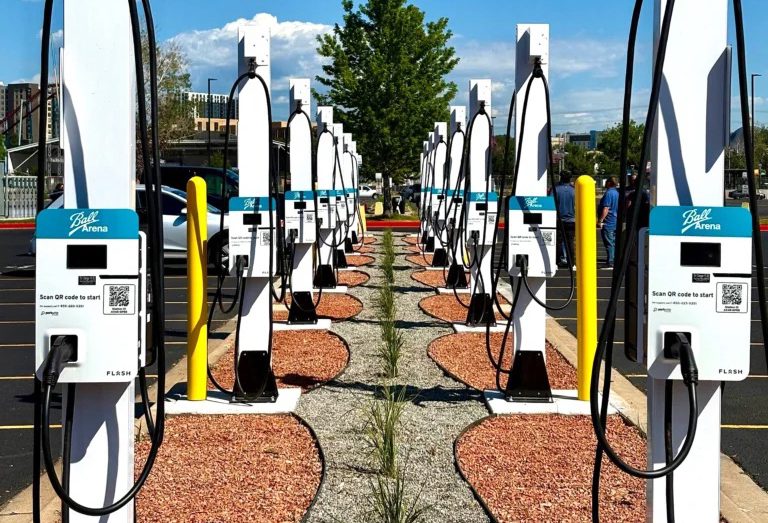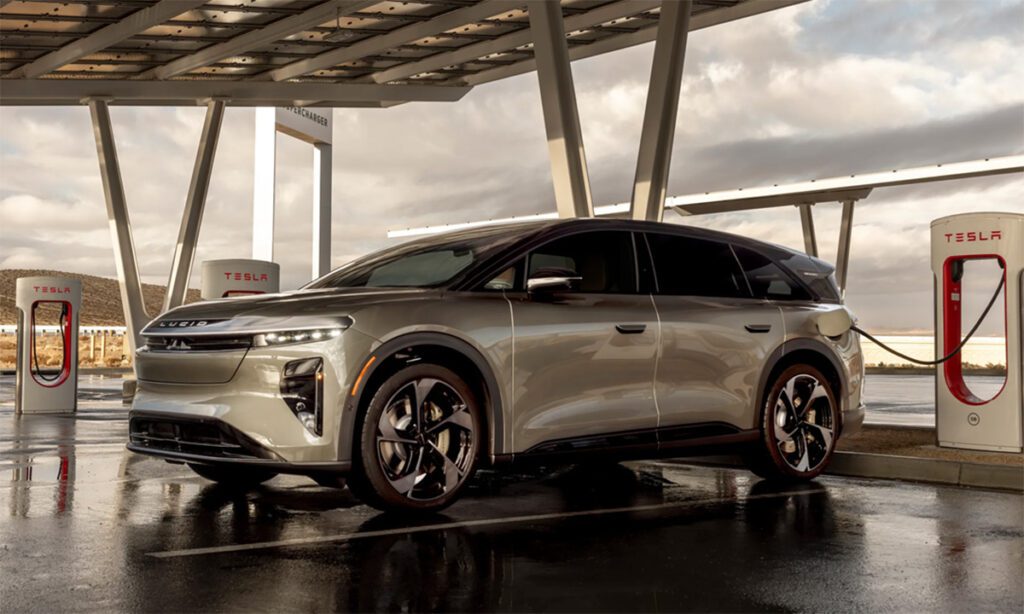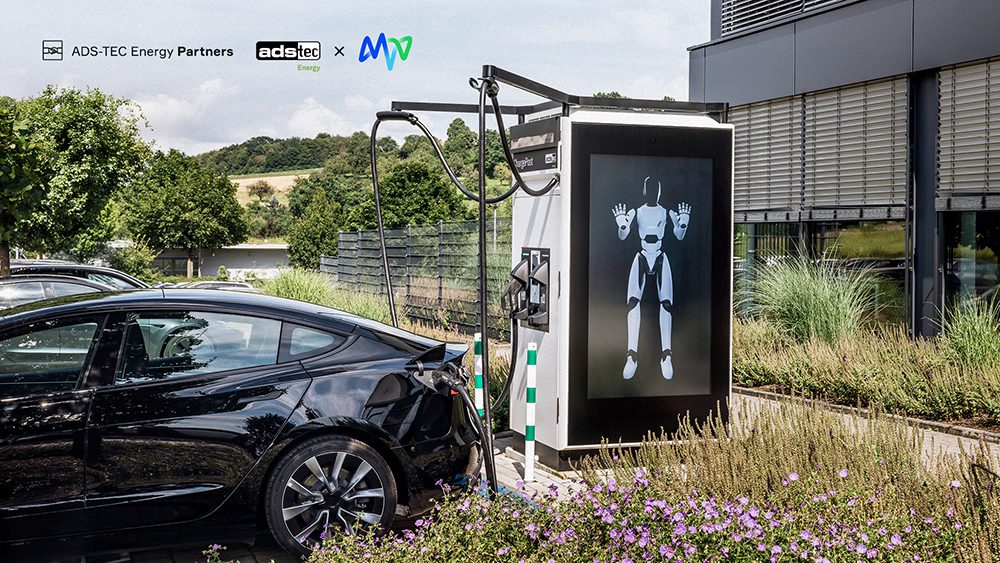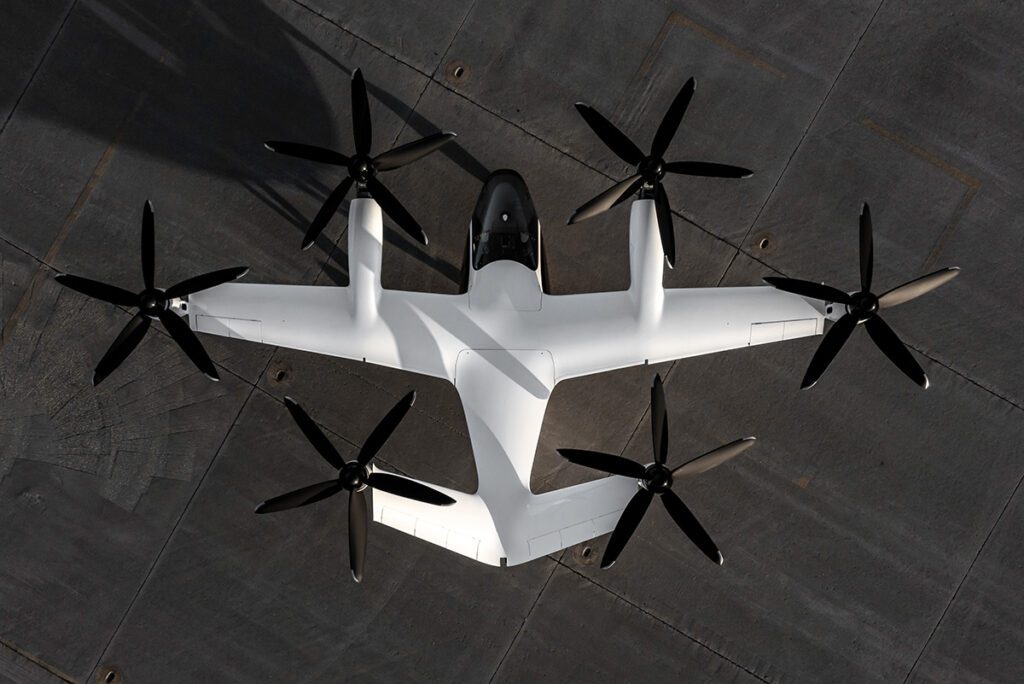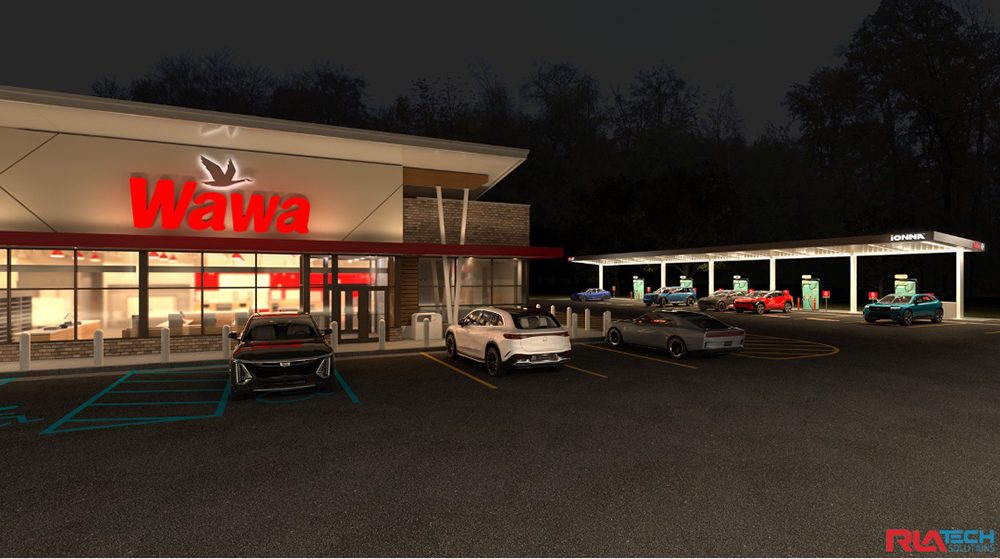It seems that not everyone is enchanted by Tesla’s plans to install 40 to 50 Supercharger stations in Germany by the end of 2014. Carmaker Daimler and parts supplier Robert Bosch recently criticized the American company for pursuing its own proprietary DC charging standard.
“The future lies in standardization. As with gas stations, we need a charging system for all manufacturers, not least because it reduces the cost of the infrastructure, but it is also more convenient for customers,” Thomas Weber, Daimler’s head of R&D, told German publication Automobilwoche.
Bosch CEO Volkmar Denner struck a similar tone, saying that it wouldn’t make economic sense for every automaker to develop its own charging system, and that “the technology exists for a Europe-wide charging network, we just need to want to implement it.”
This is all true enough, and we’d all be nodding our heads in sage agreement (instead of rolling our eyes in ironic dismissal) if it weren’t for two facts. First, Daimler recently did the same thing that Weber is now knocking Tesla for doing. Along with other German and US automakers, it chose to develop a new DC fast charging system called SAE Combo, despite the fact that the Japanese-sponsored CHAdeMO standard was already well established. The resulting international standards war has already increased the cost of infrastructure (EVSE suppliers such as ABB have responded by producing dual-standard charging stations), and caused inconvenience for customers.
Second, although Tesla sat on the SAE committee that developed the Combo standard, the company decided to introduce its own system, which it had already been working on for some time, because it felt it was superior. As JB Straubel told the SAE in March 2013, “The new combo-standard plug doesn’t have the current-carrying capability of our existing DC plug. I feel that a standard needs to project out at least five, ten years.”
Further irony: Daimler owns 4.3 percent of Tesla, and uses its powertrain technology in both of its electric models. As blogger Robert Fahey of Teslamondo observed, cooperation between the companies doesn’t seem to run very deep.
As AutoBlog Green reported last May, Elon Musk has not ruled out working with other automakers to make their EVs compatible with Tesla’s Superchargers. However, his priority was “to solve the problem of long-distance travel, and we can’t wait for others to agree with our strategy. If we wait for some sort of consensus, it’s going to take too long. We just need to get going and other manufacturers can either copy us or join us.”
Here’s a question for Herr Weber and company: The smart electric drive and the Mercedes-Benz B-class Electric Drive both use batteries built by Tesla (although they use different typographical cases). Does this mean that they could be made Supercharger-compatible?
Sources: Automobilewoche, AutoBlog Green, SAE, Teslamondo
